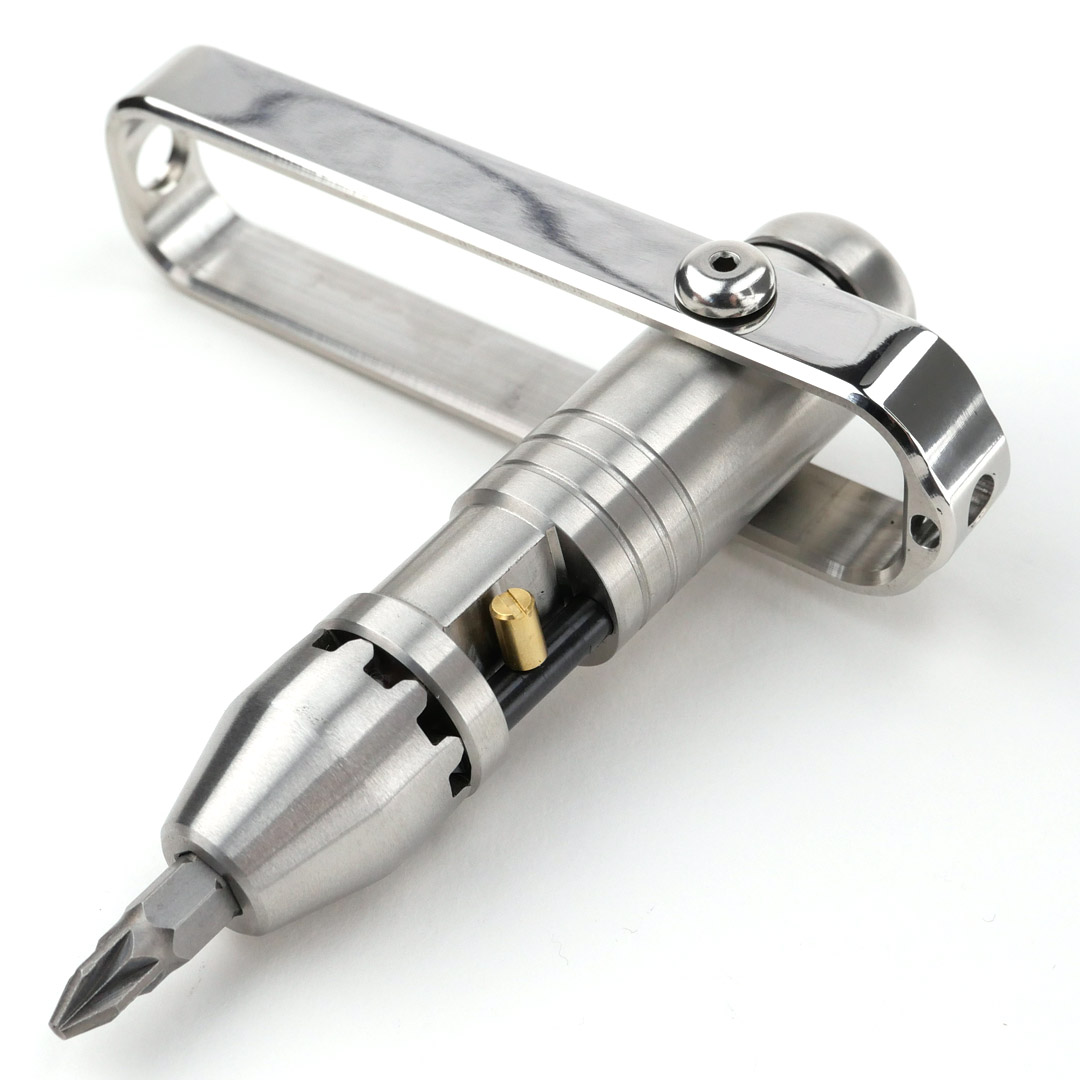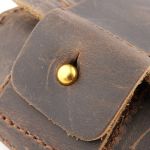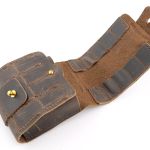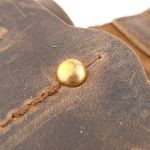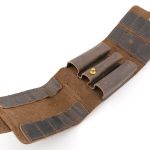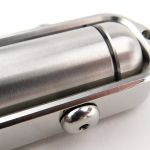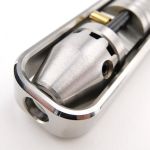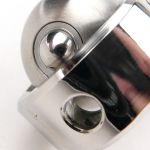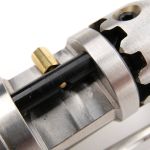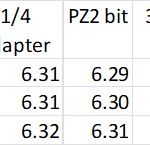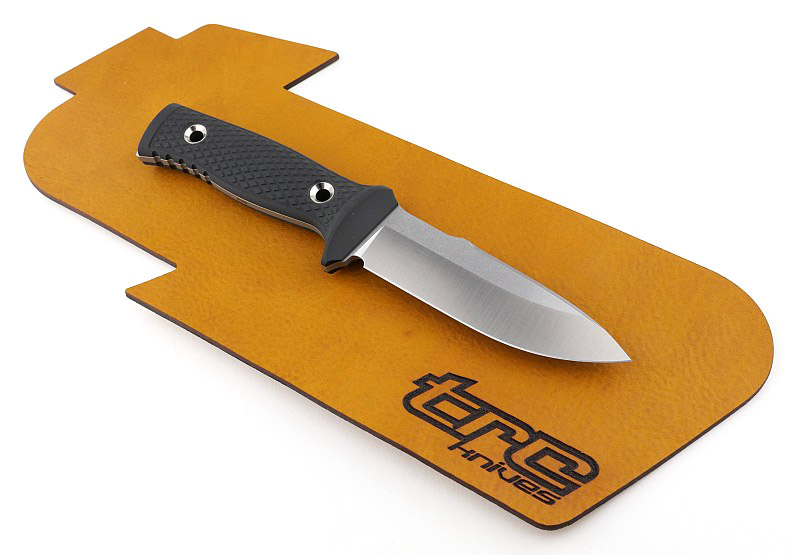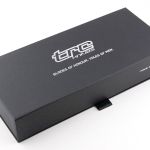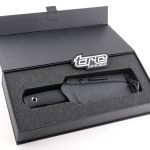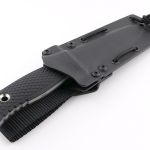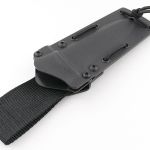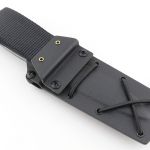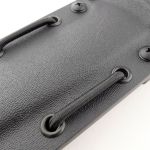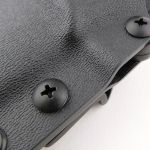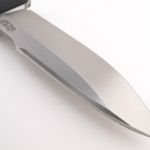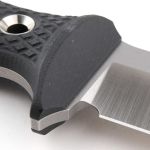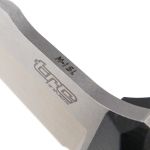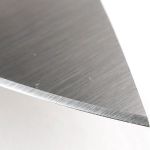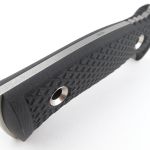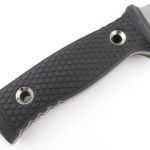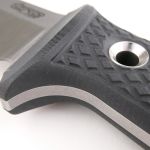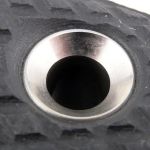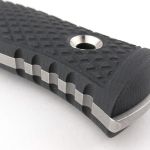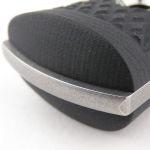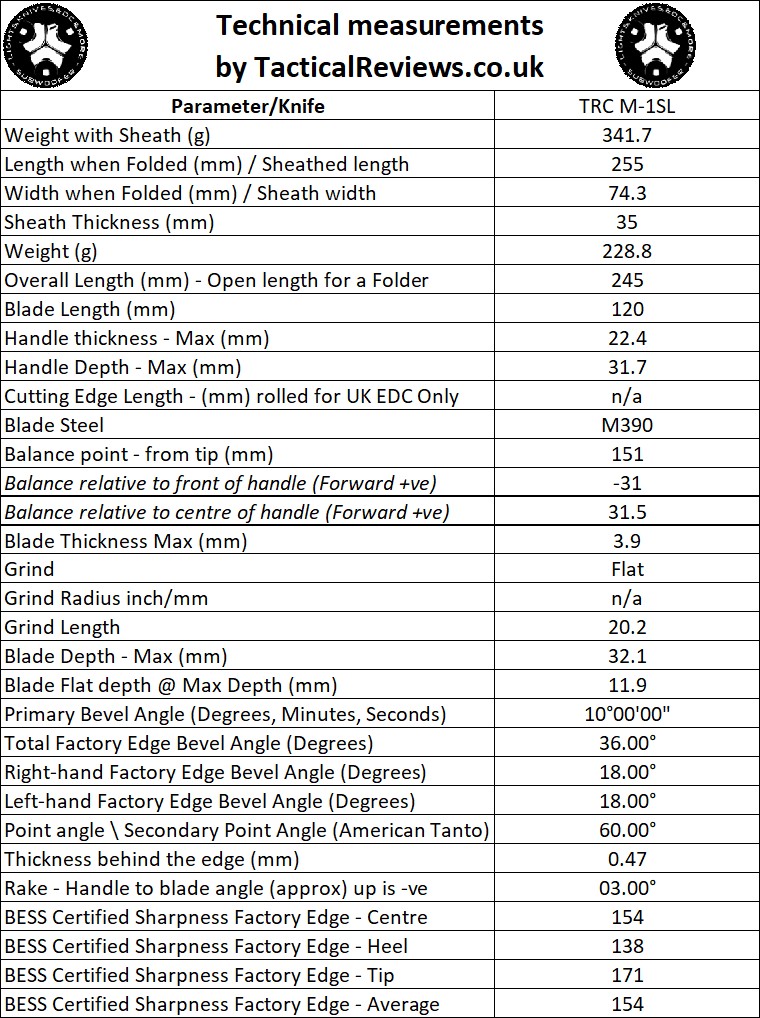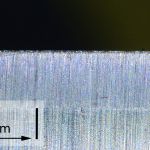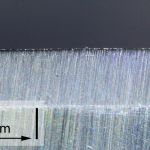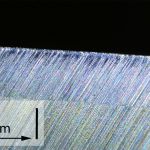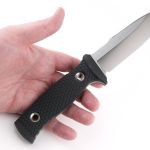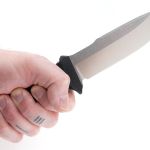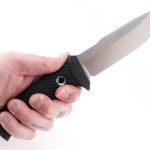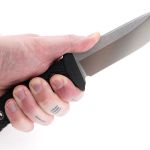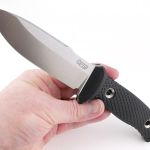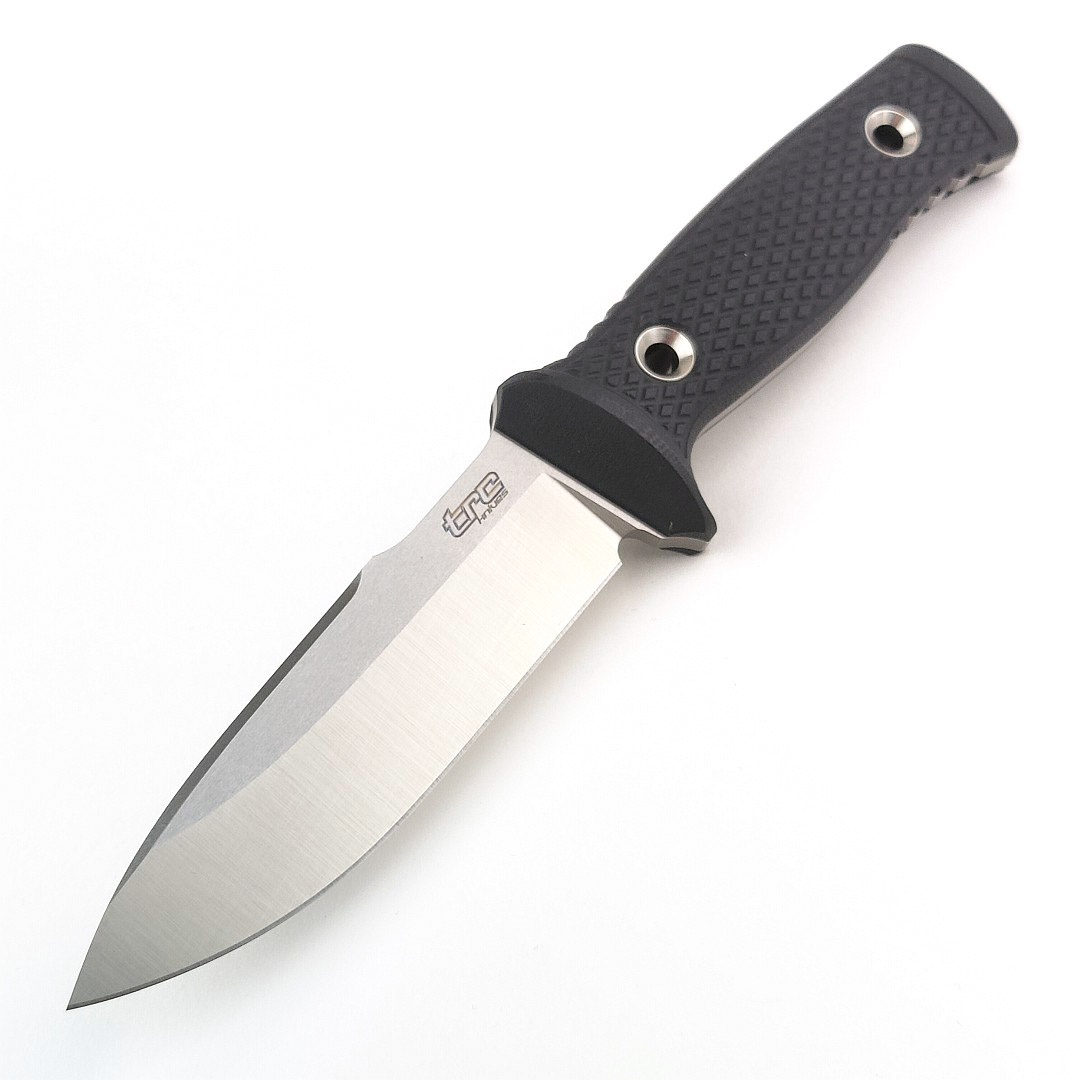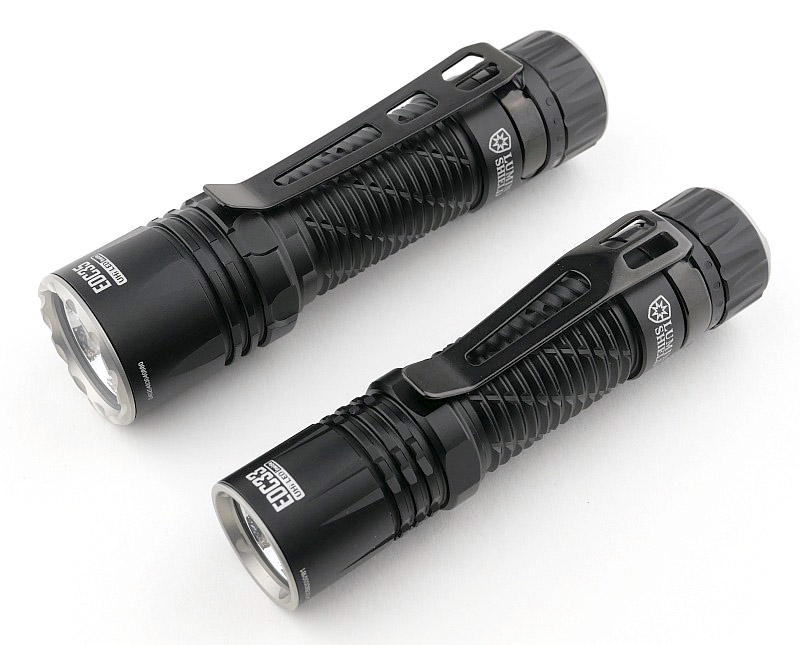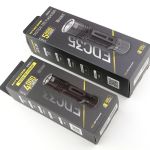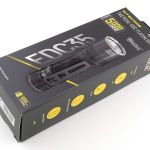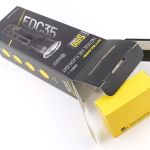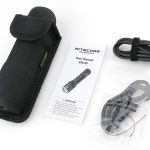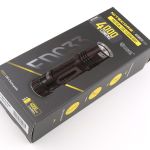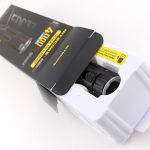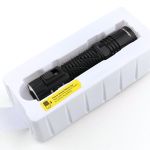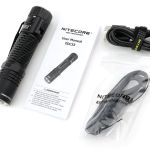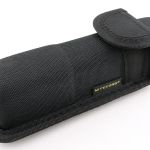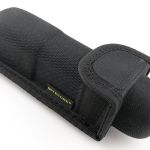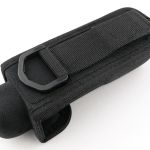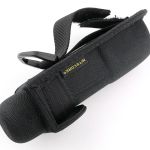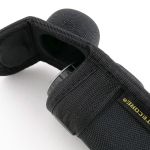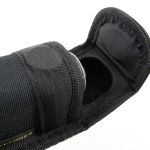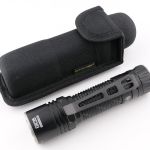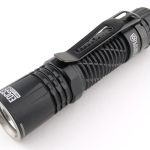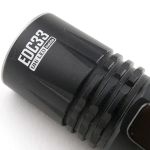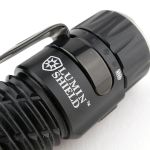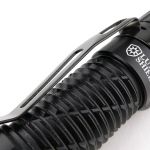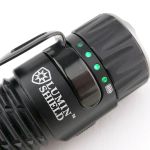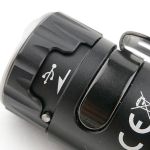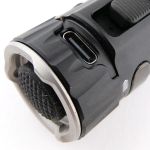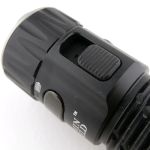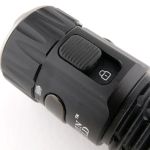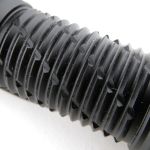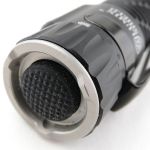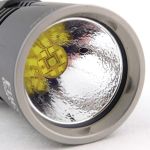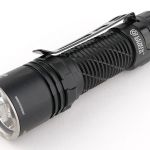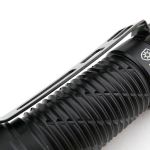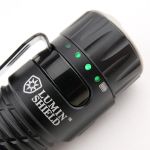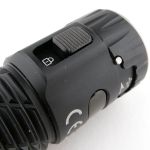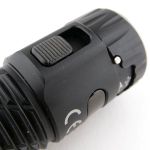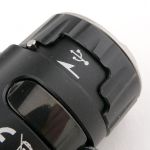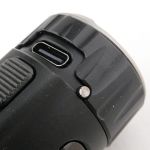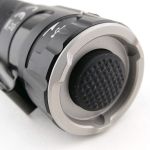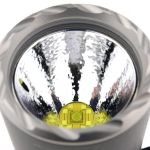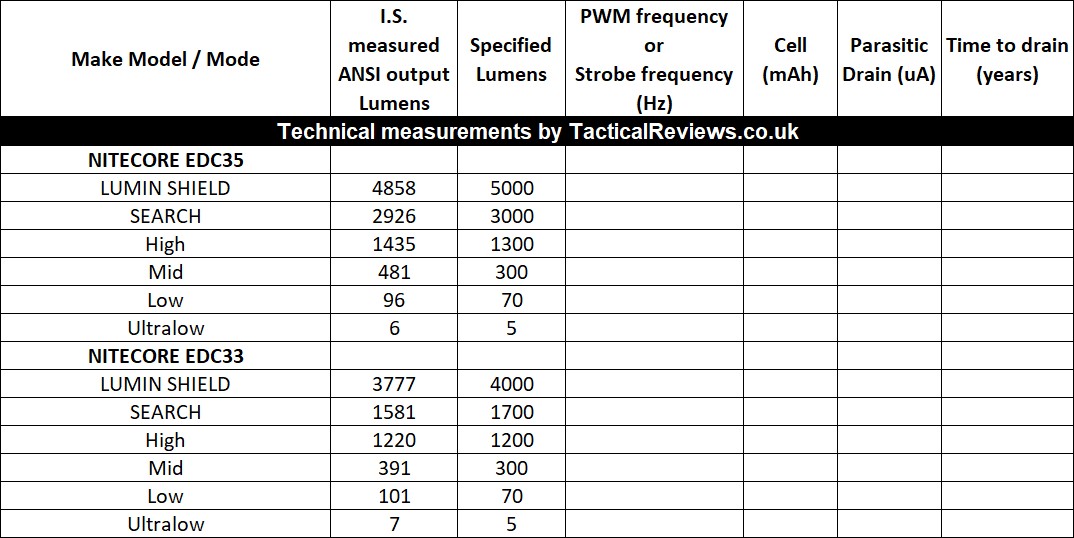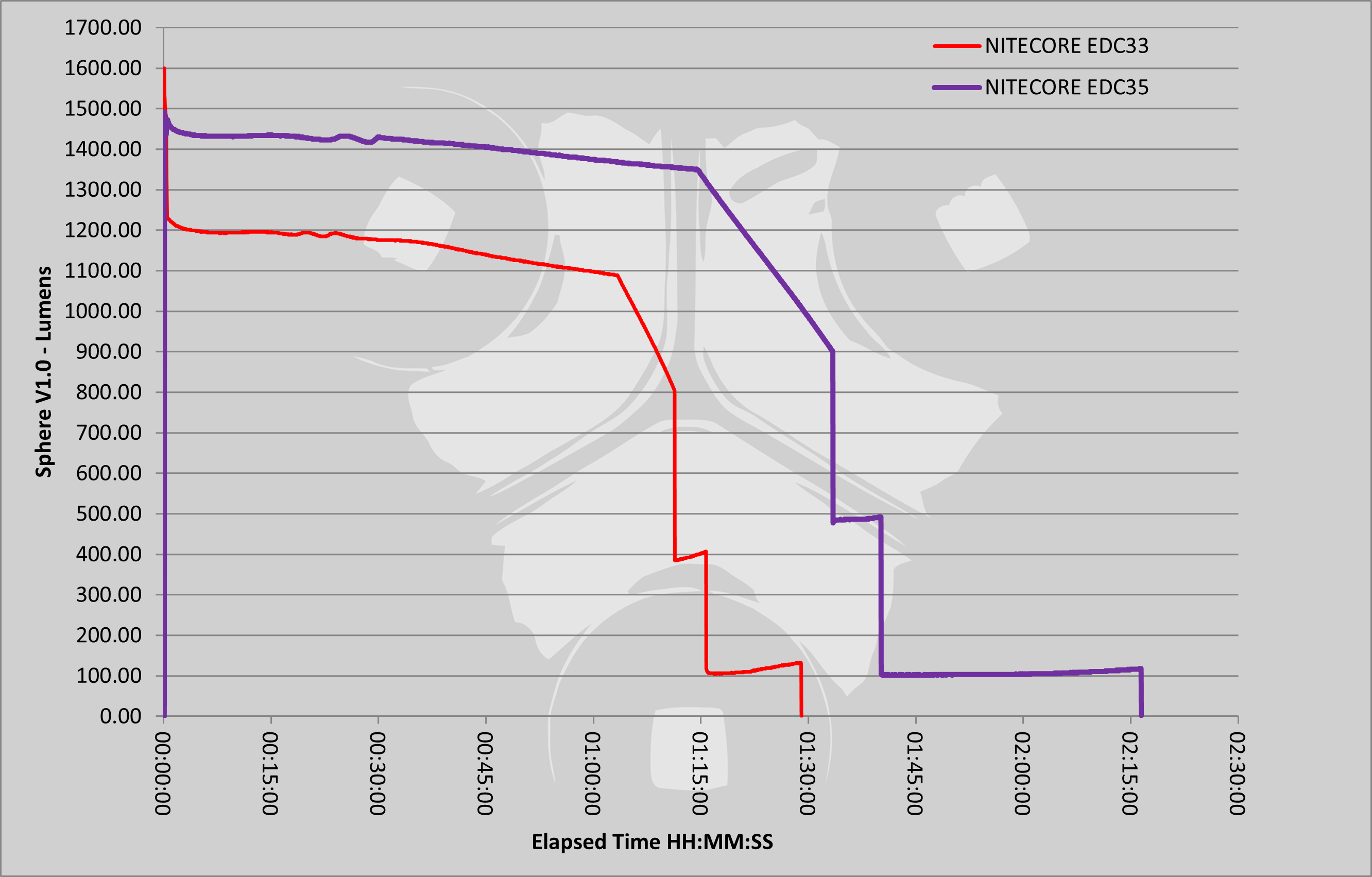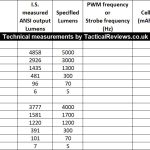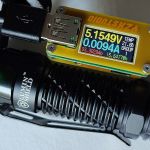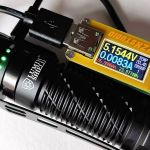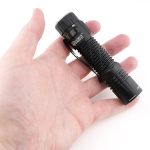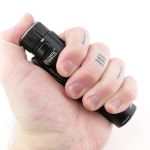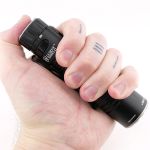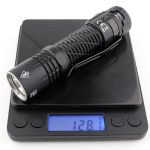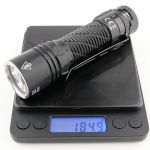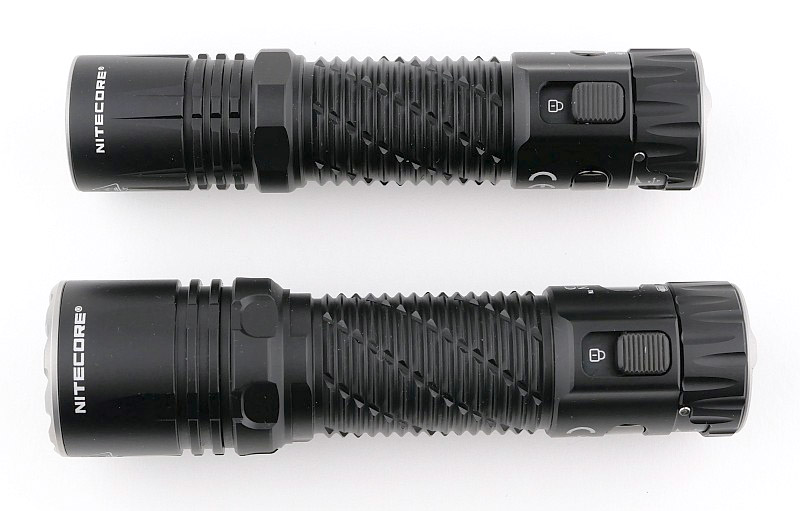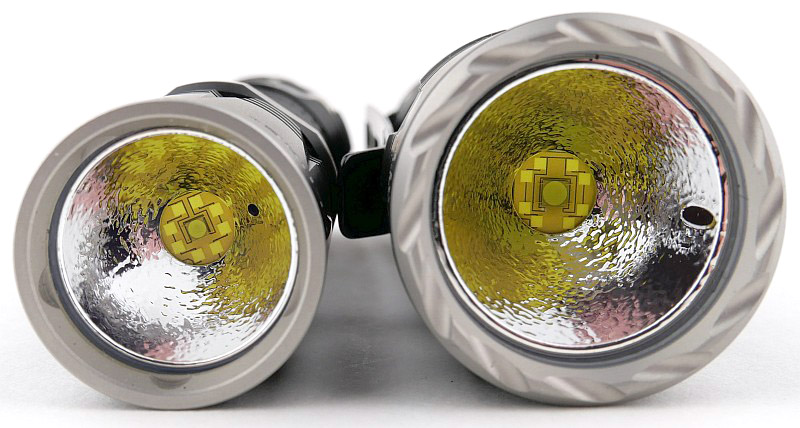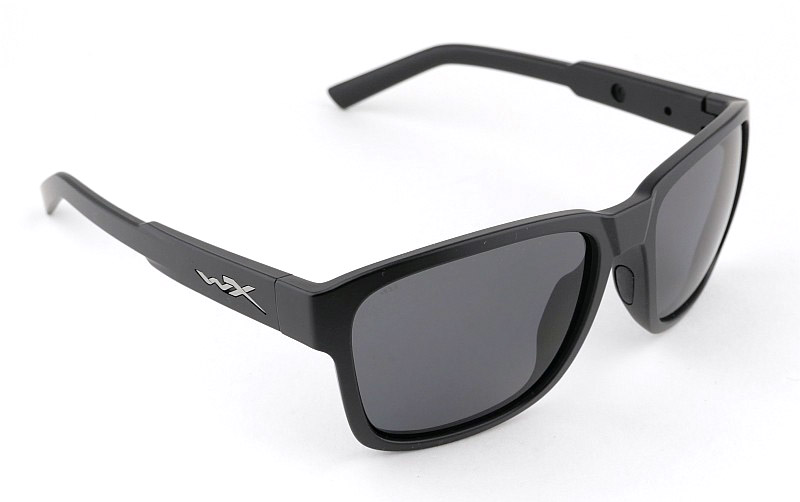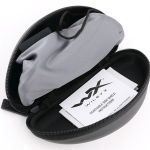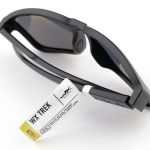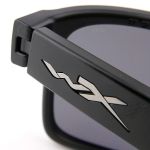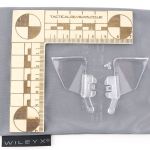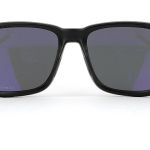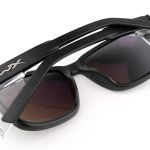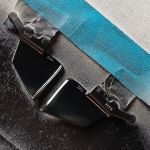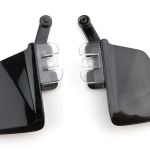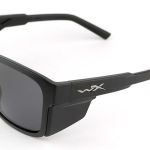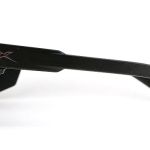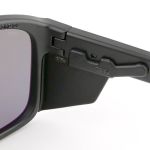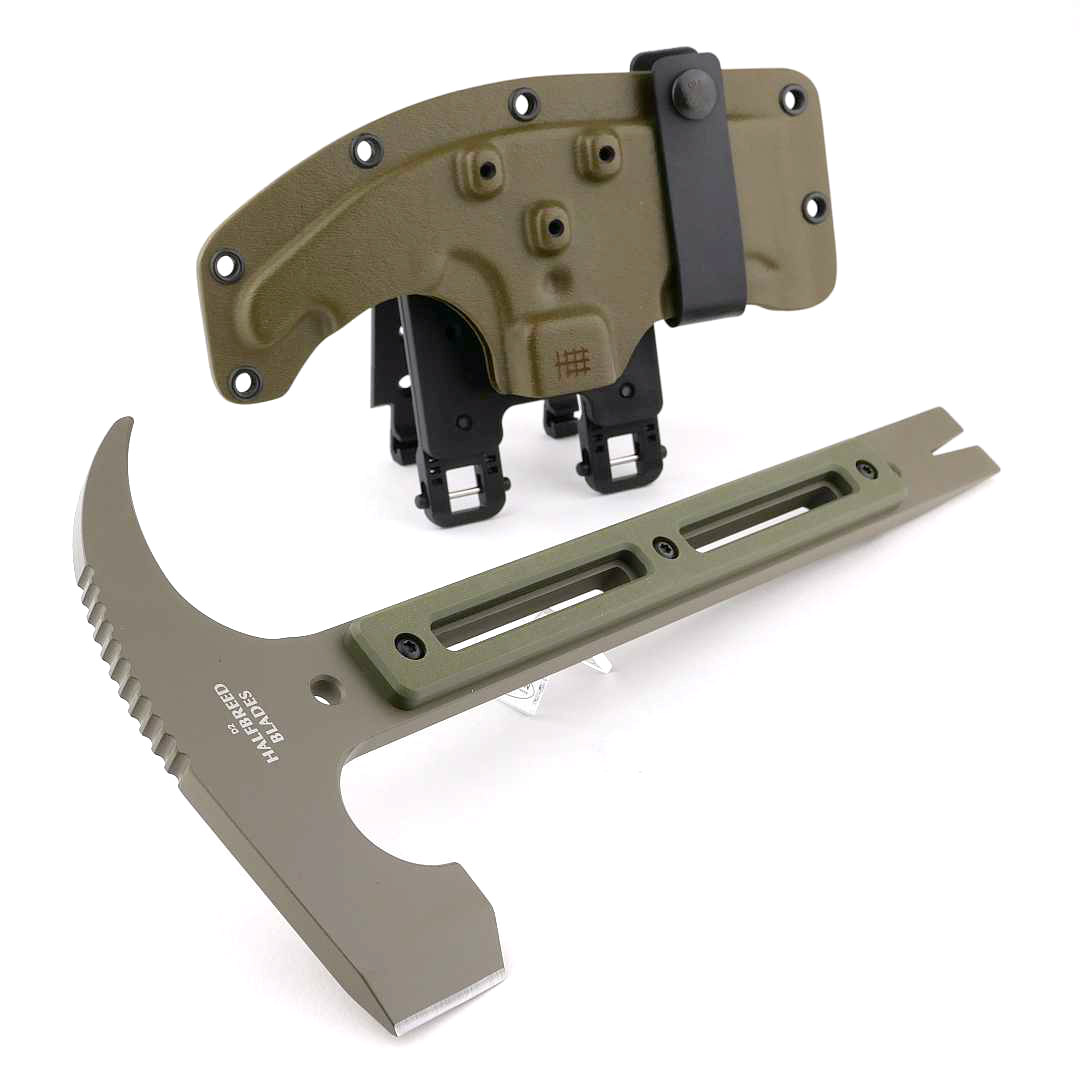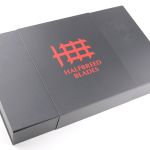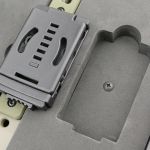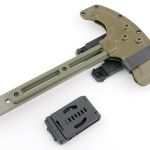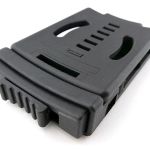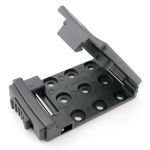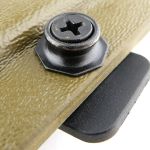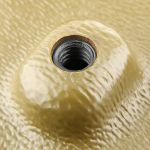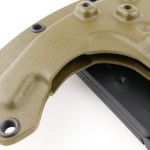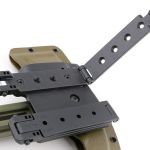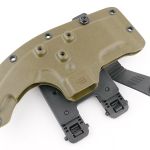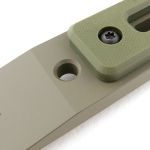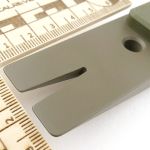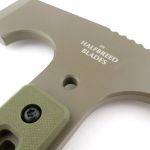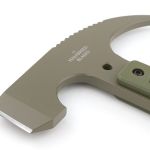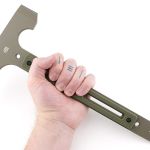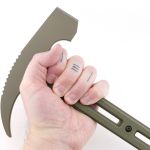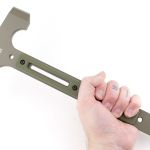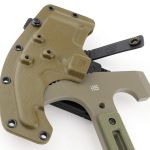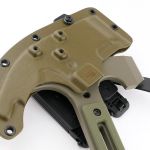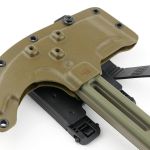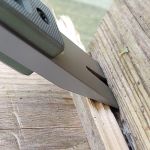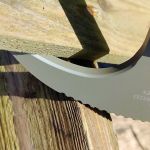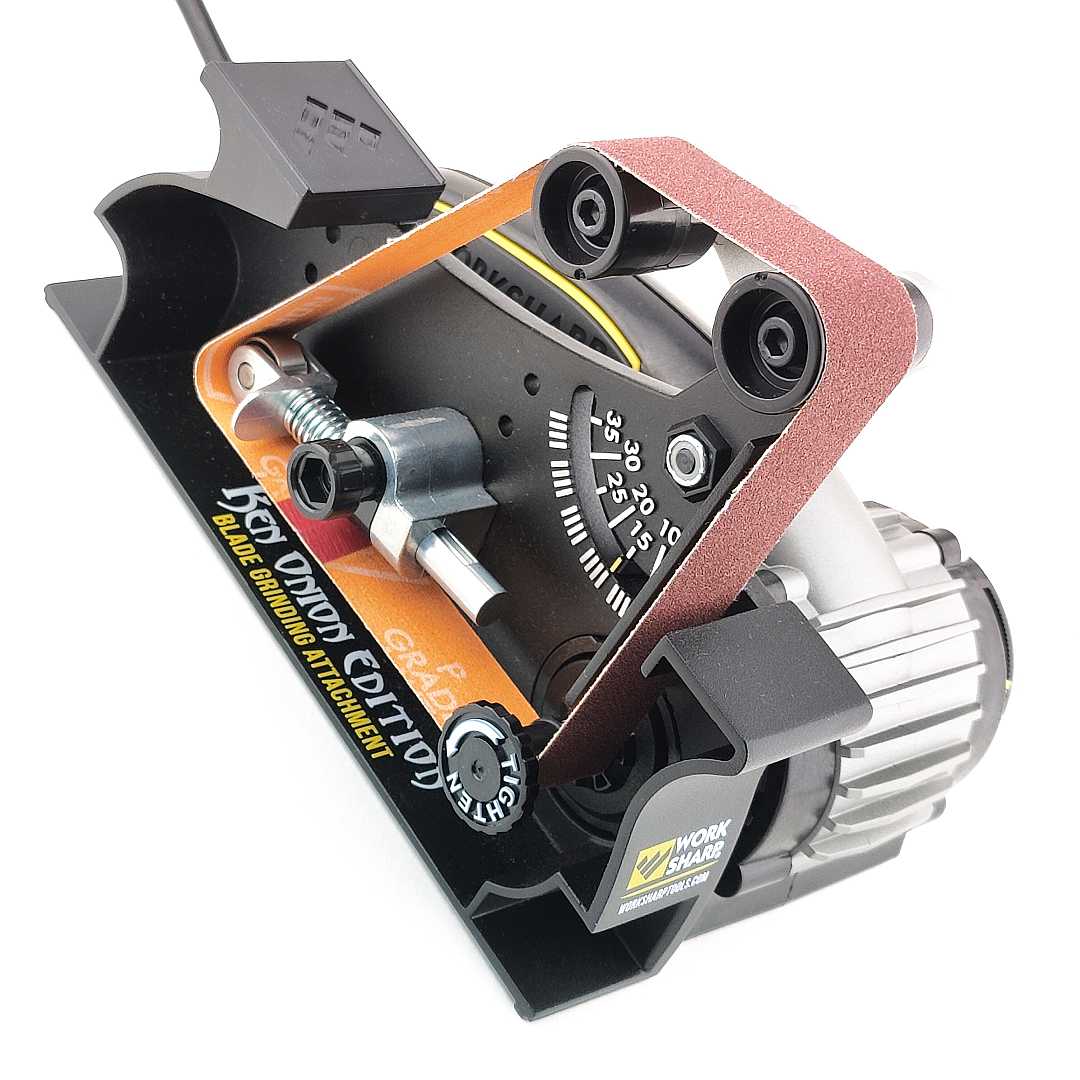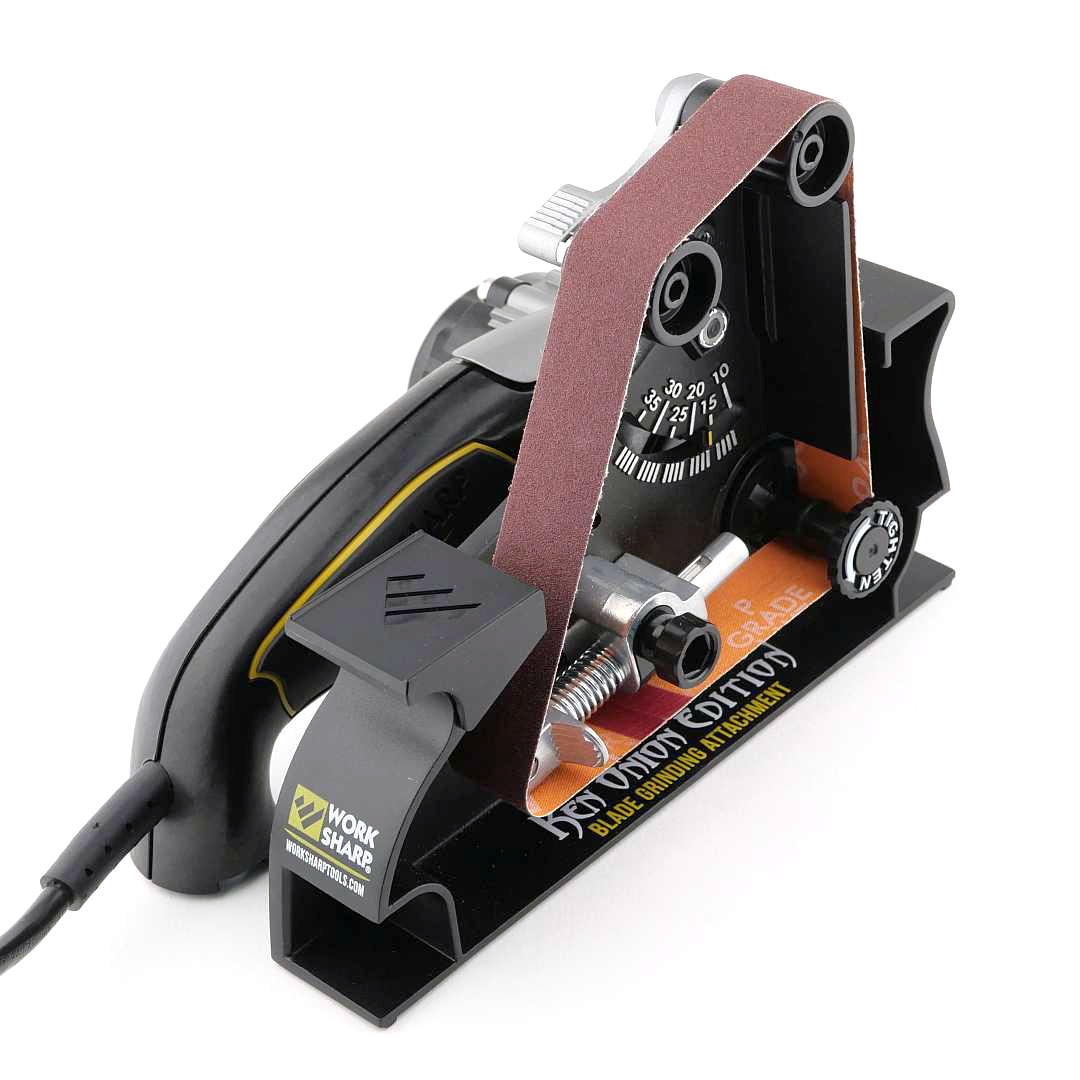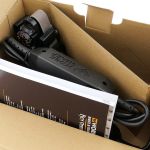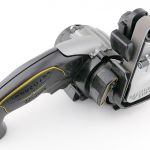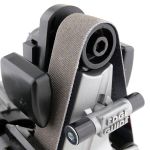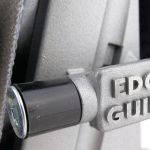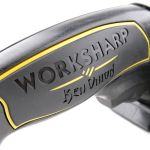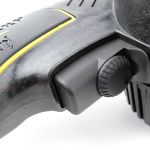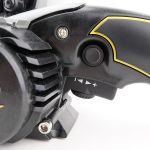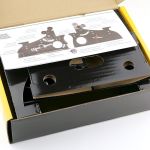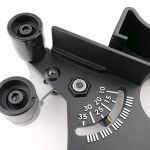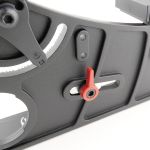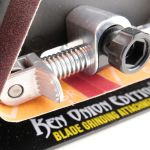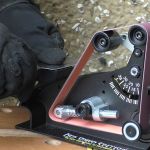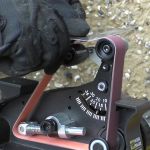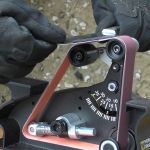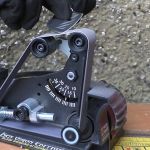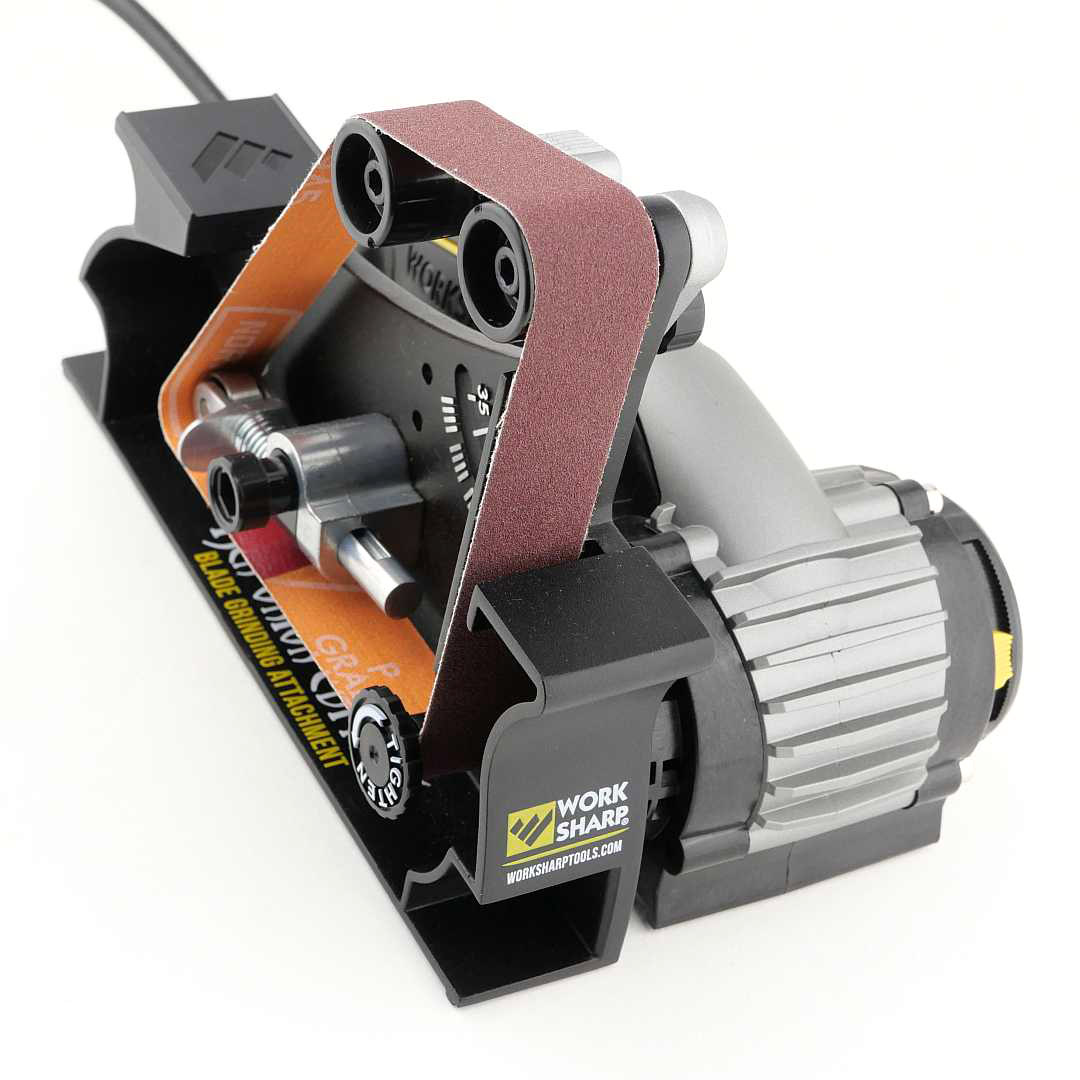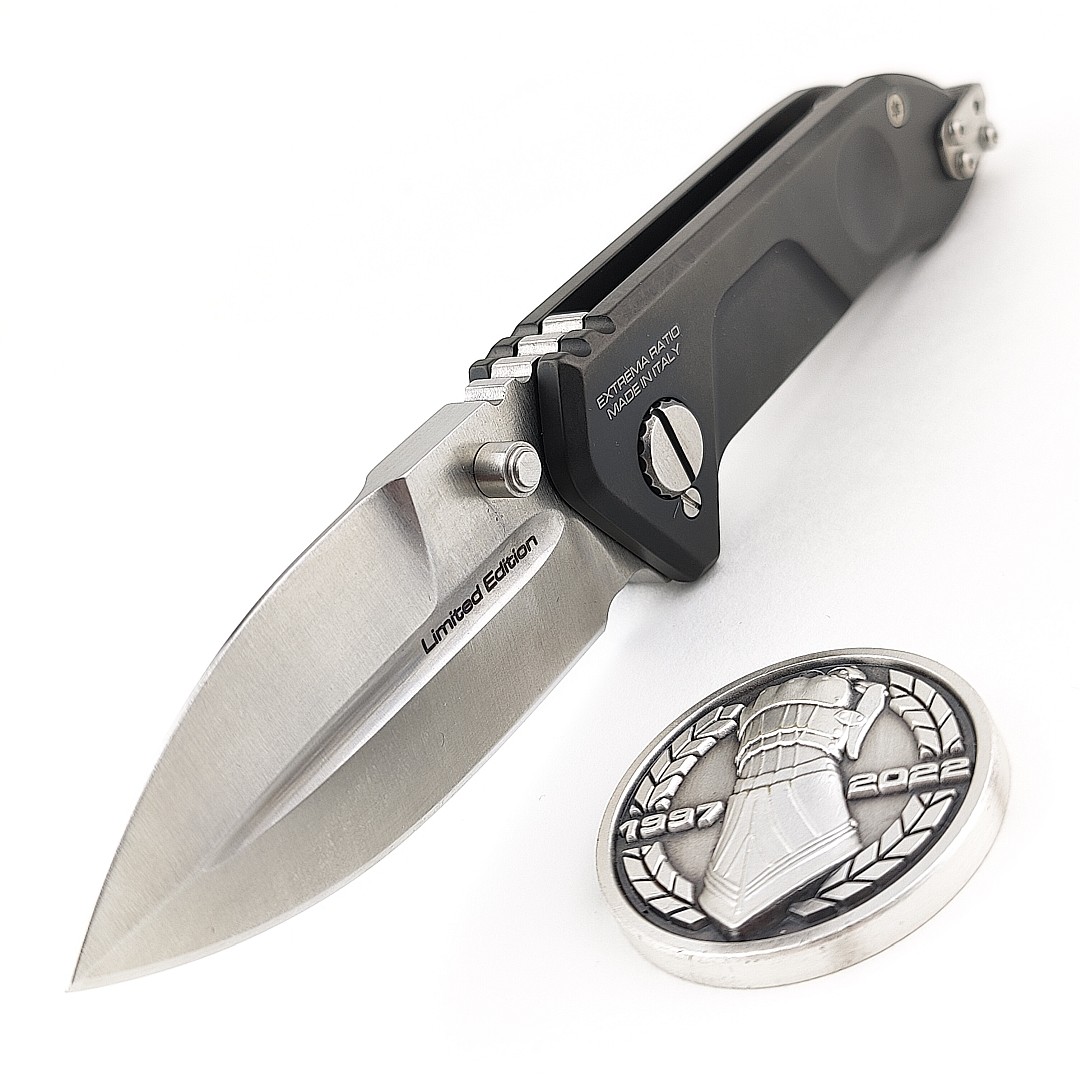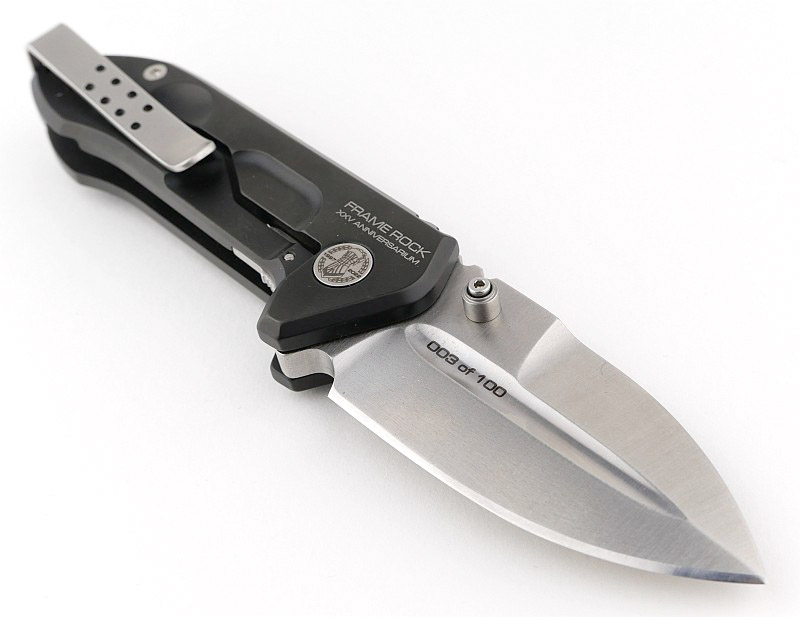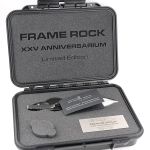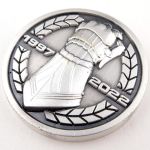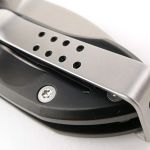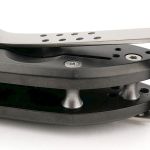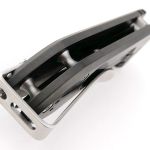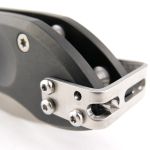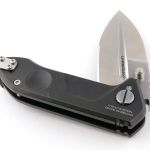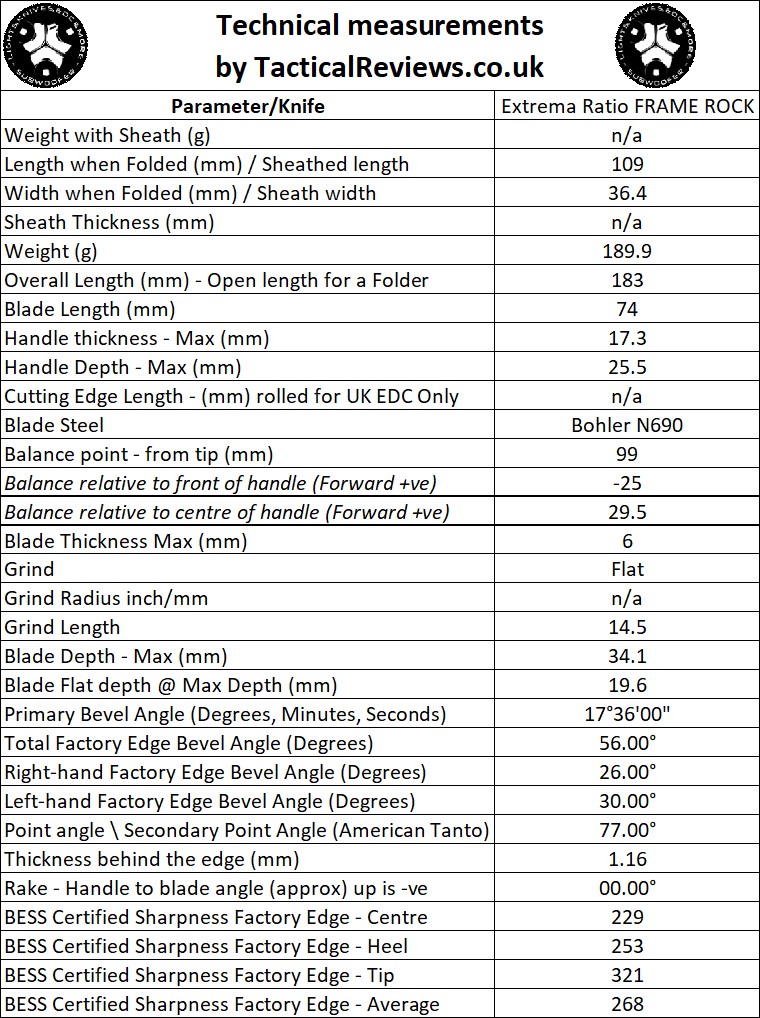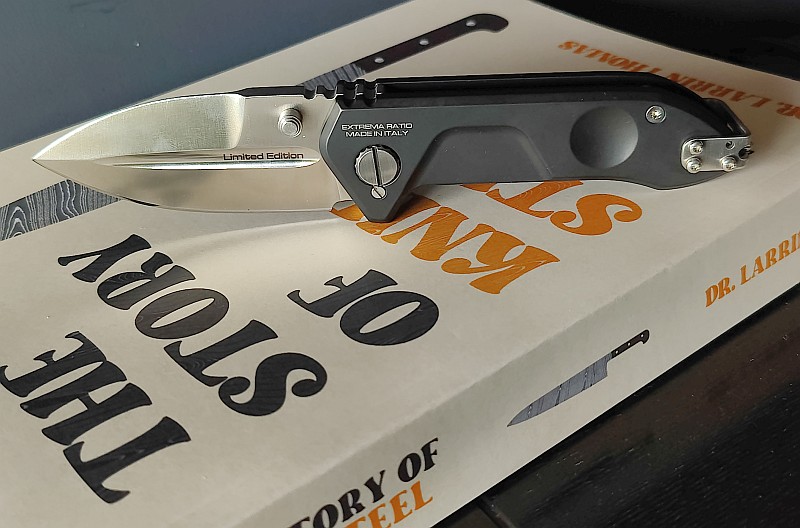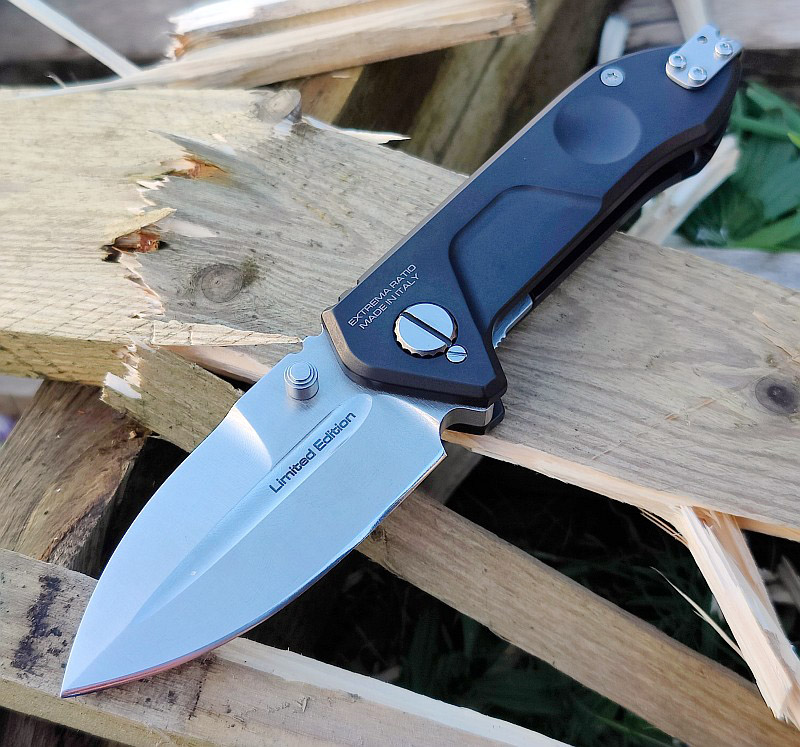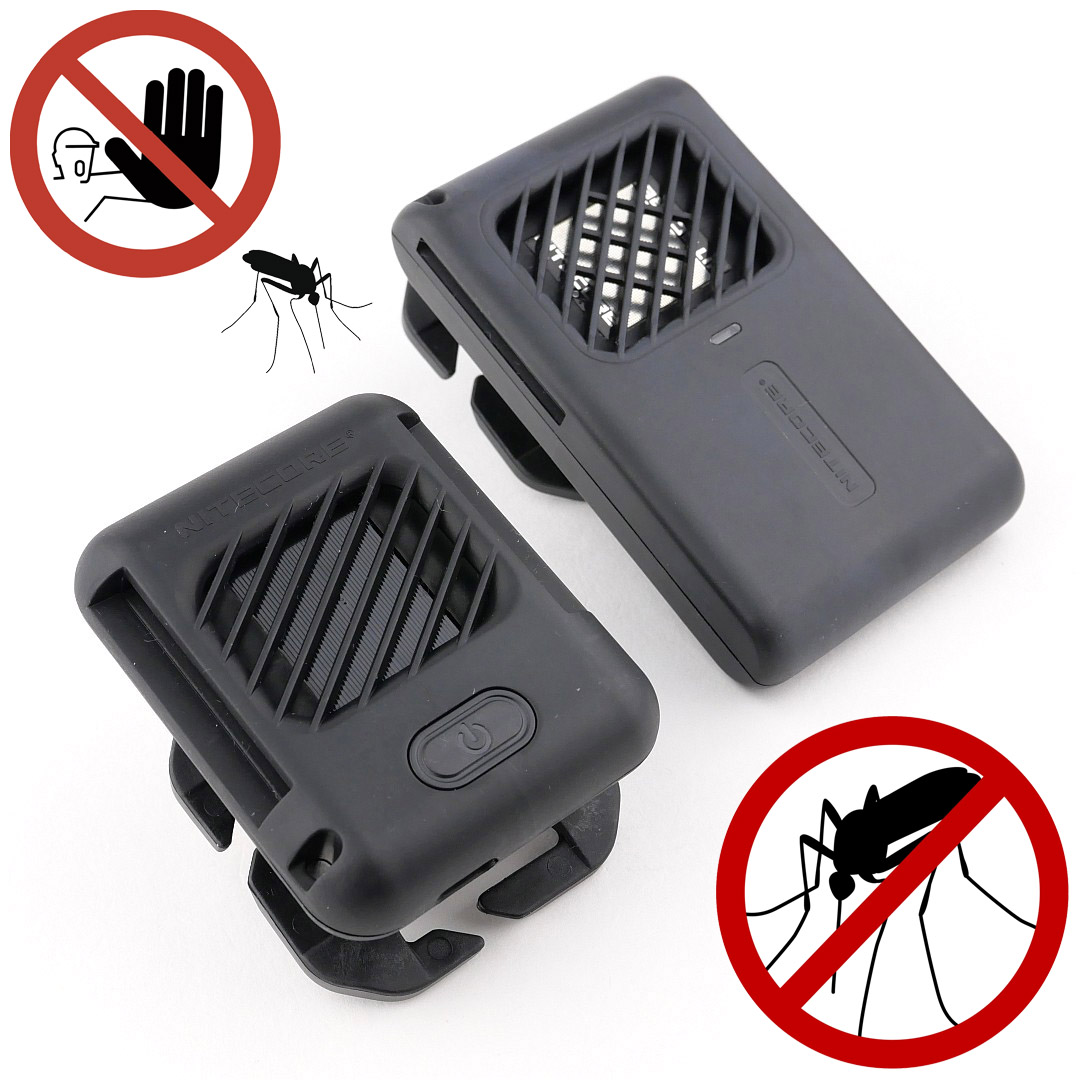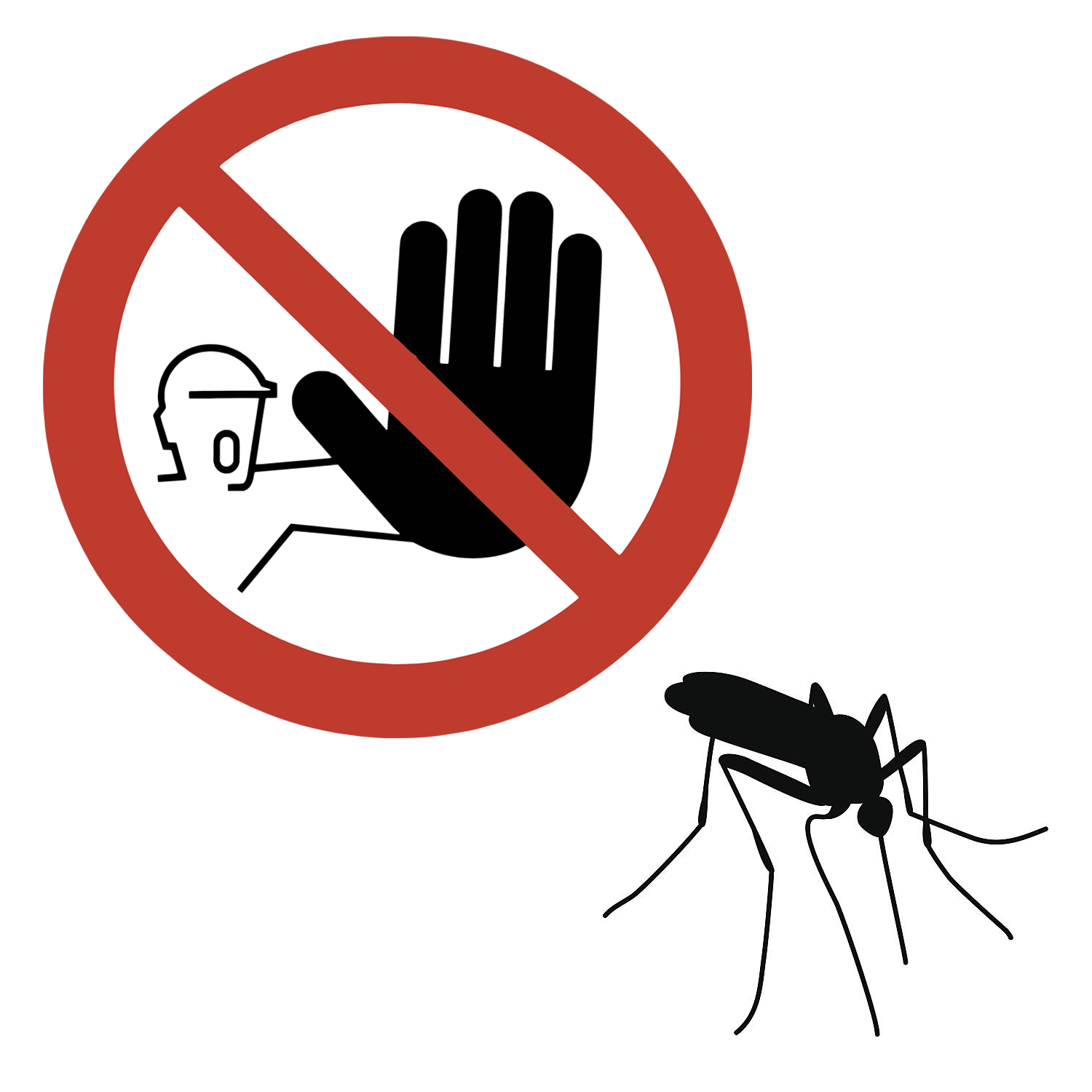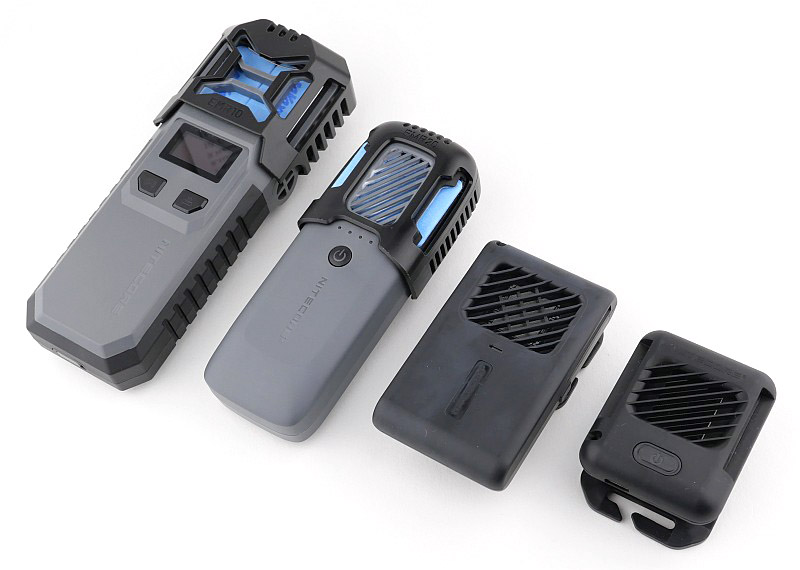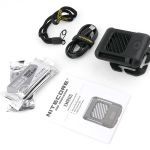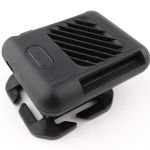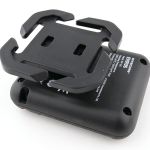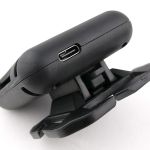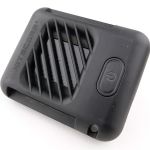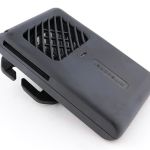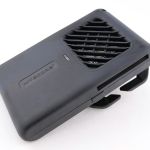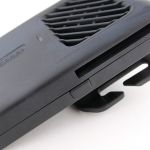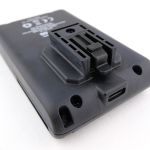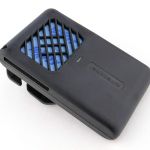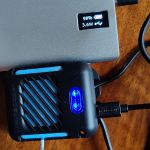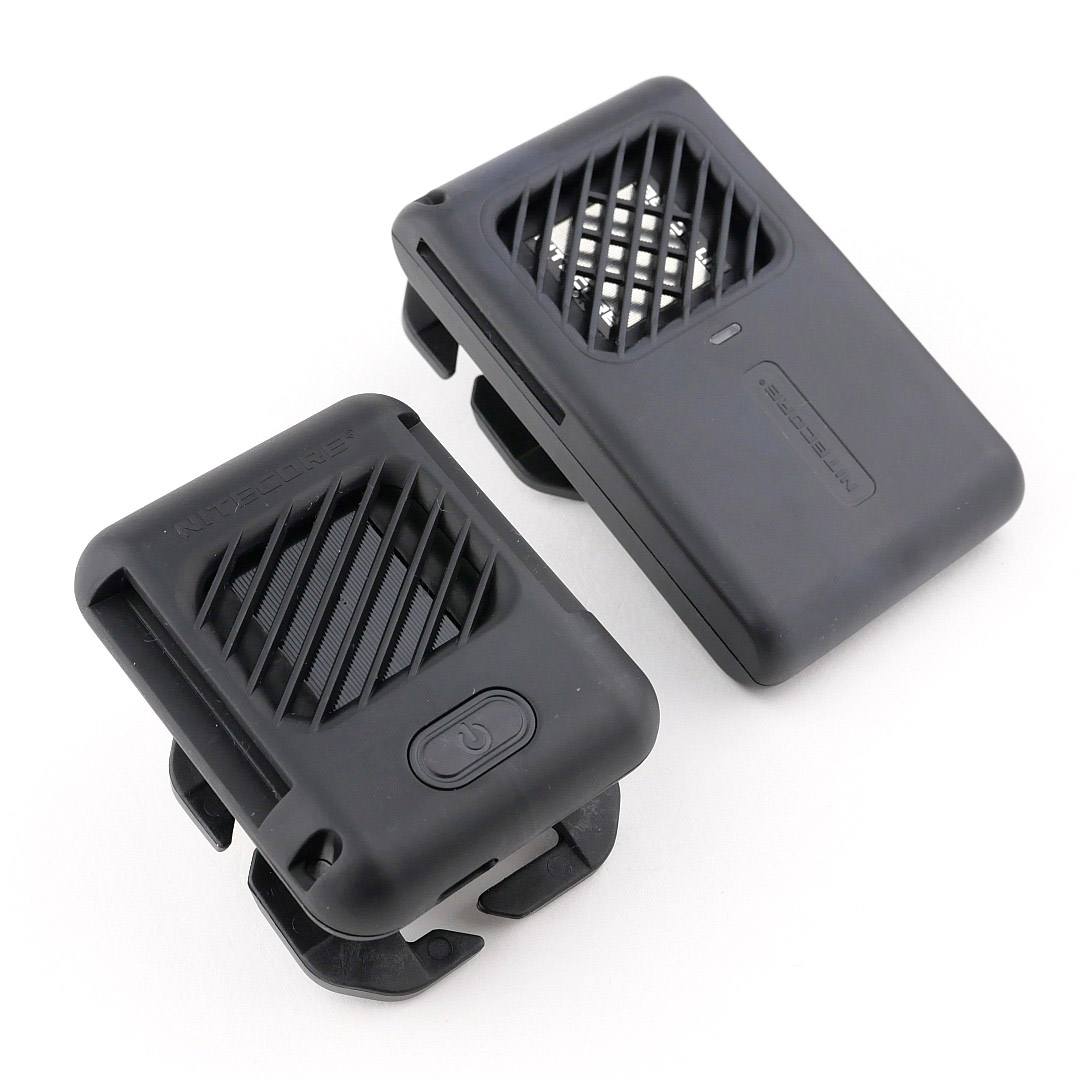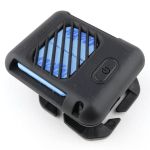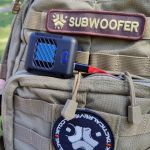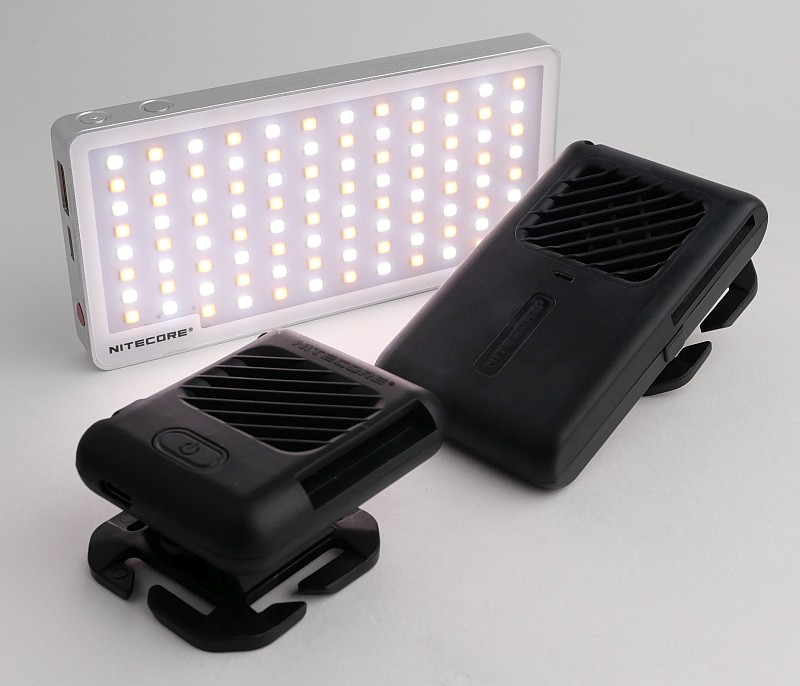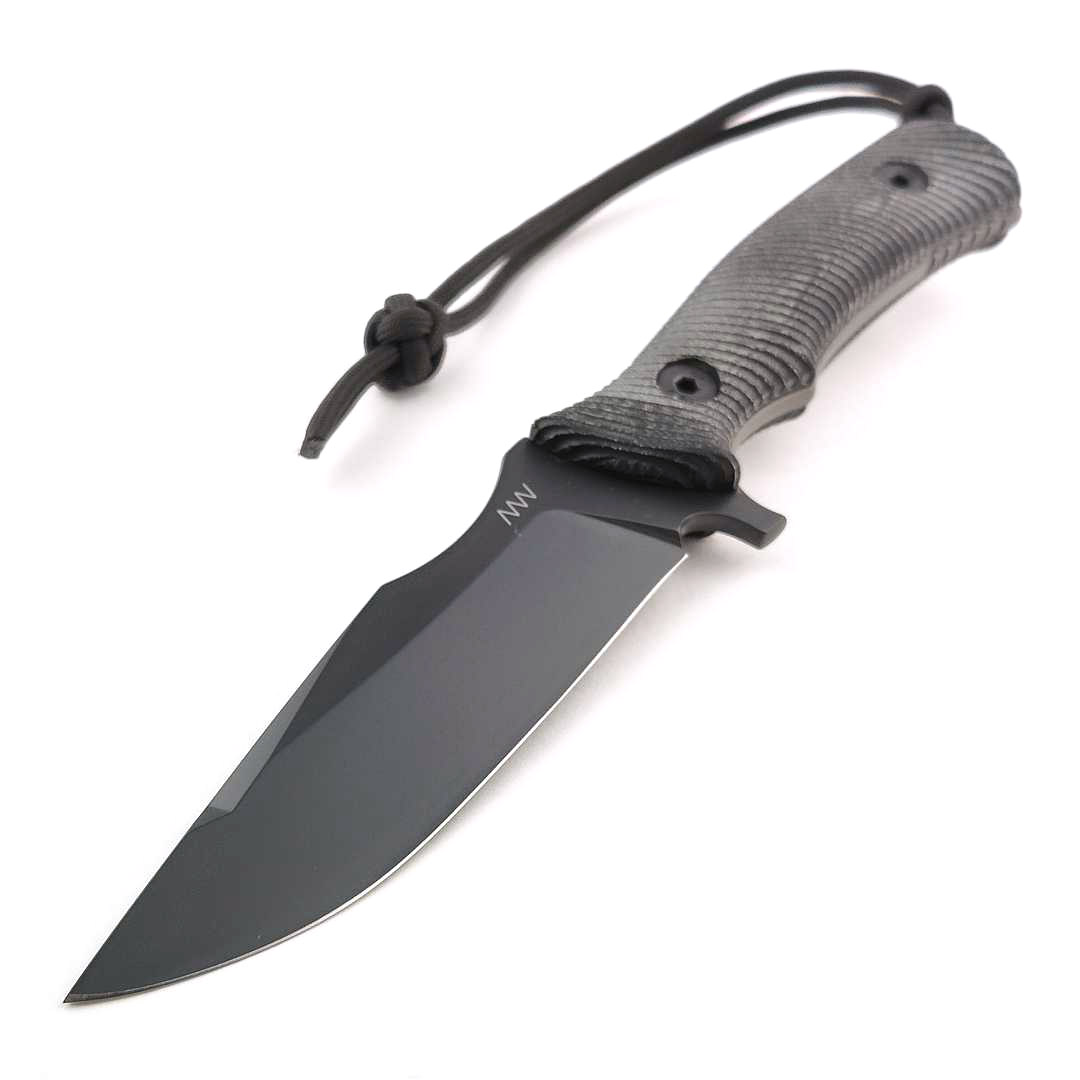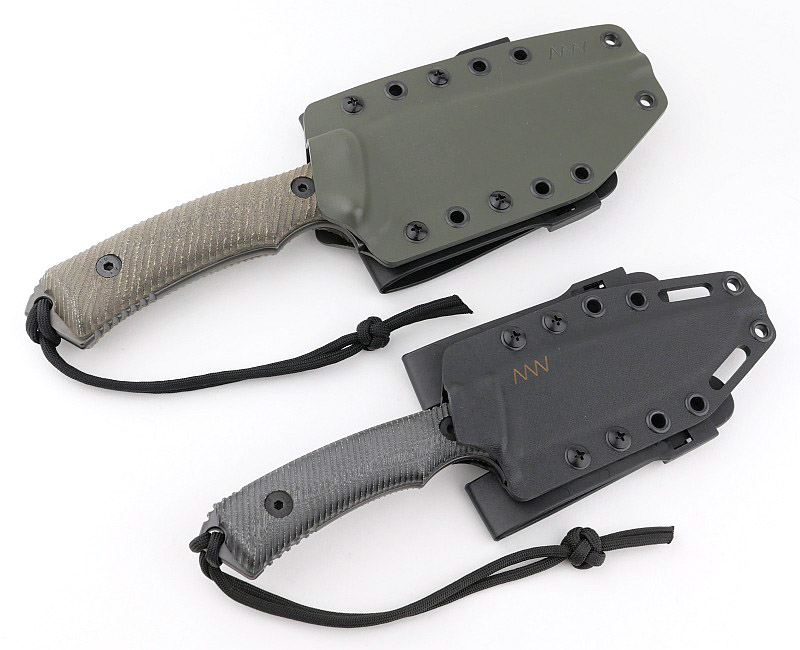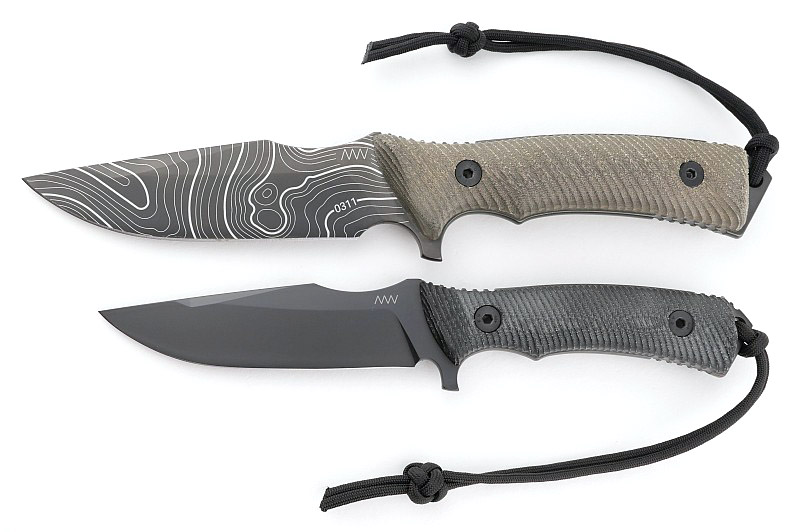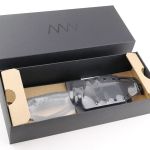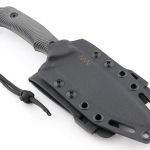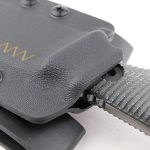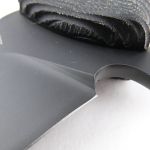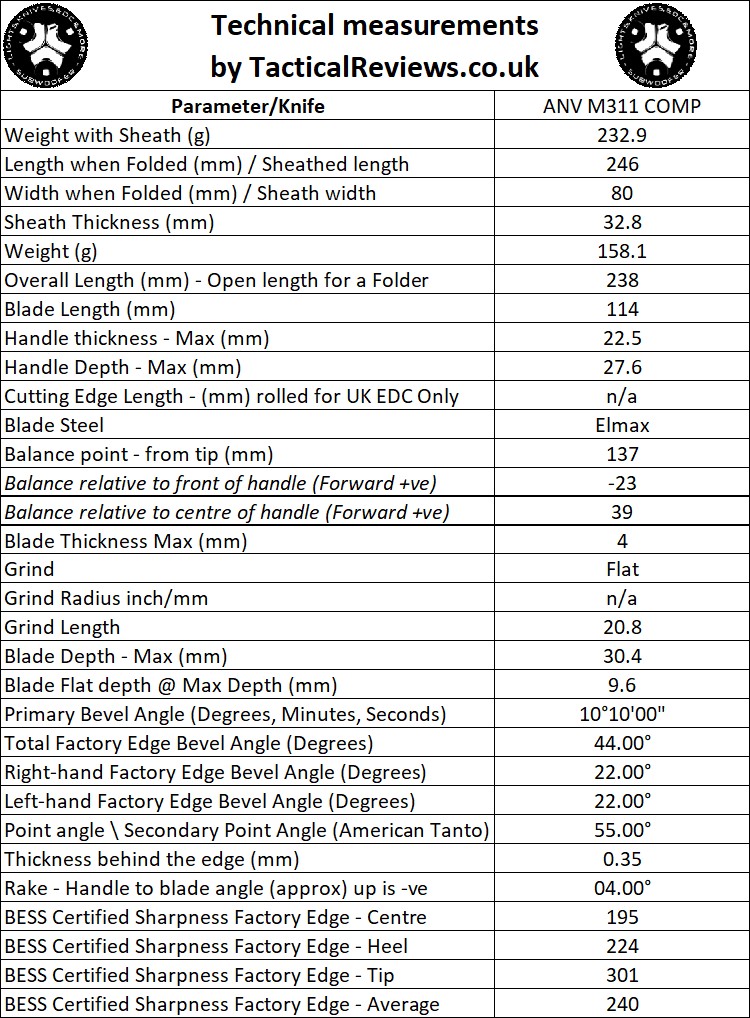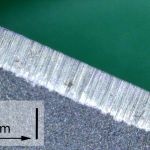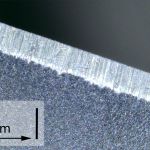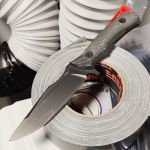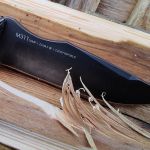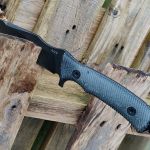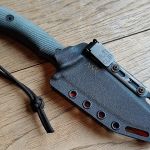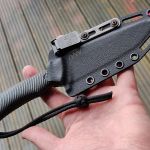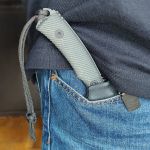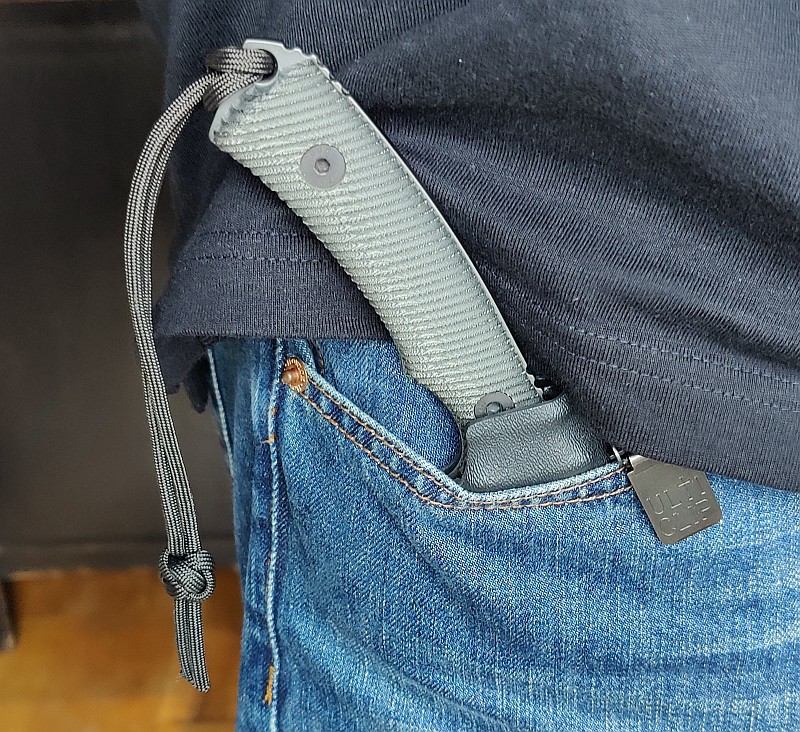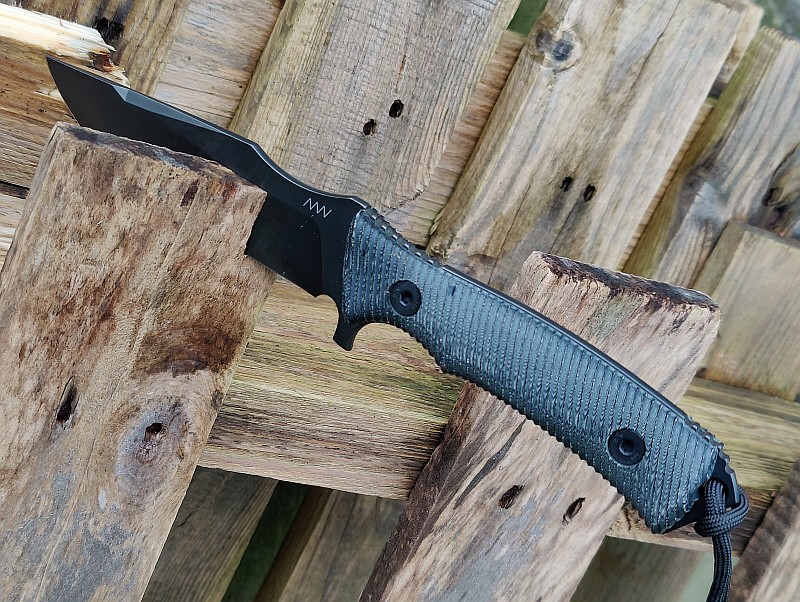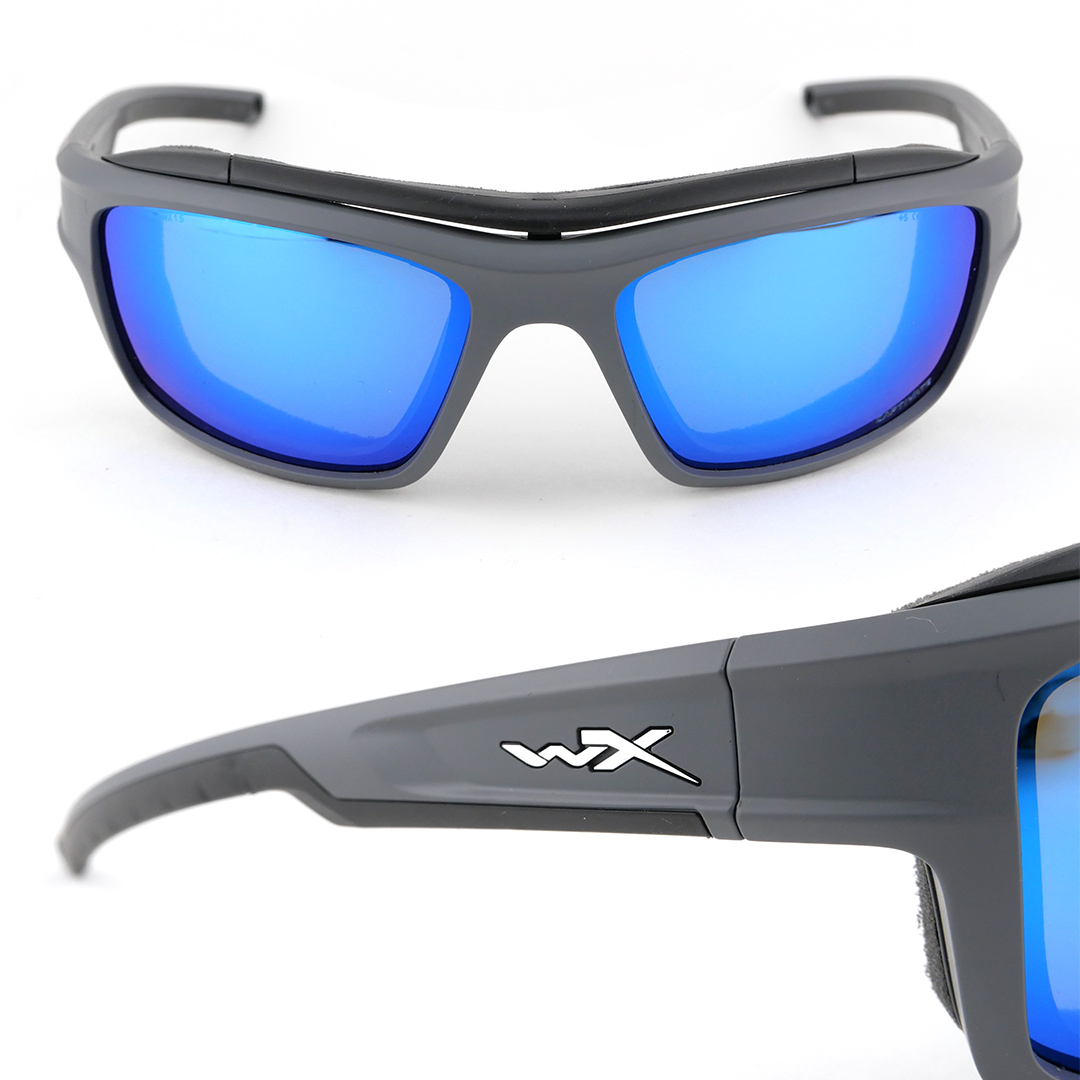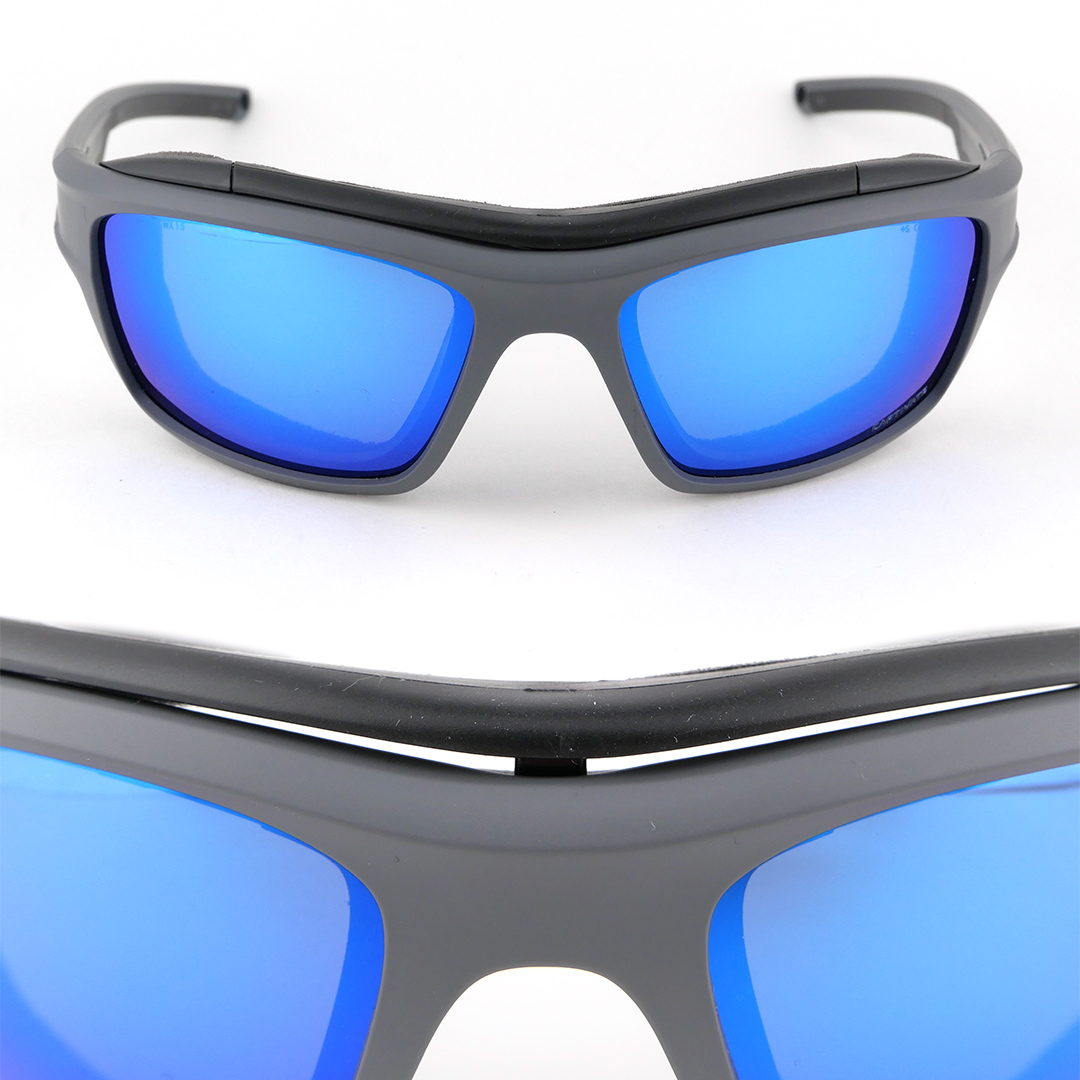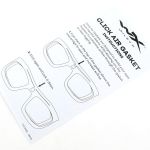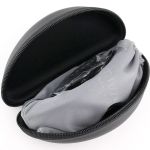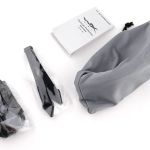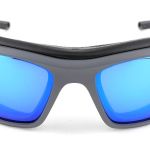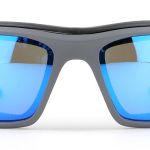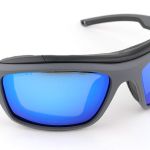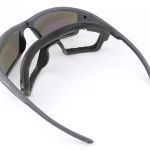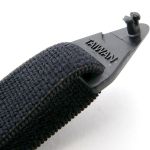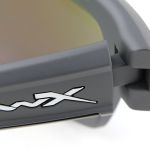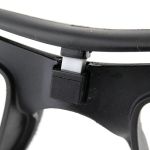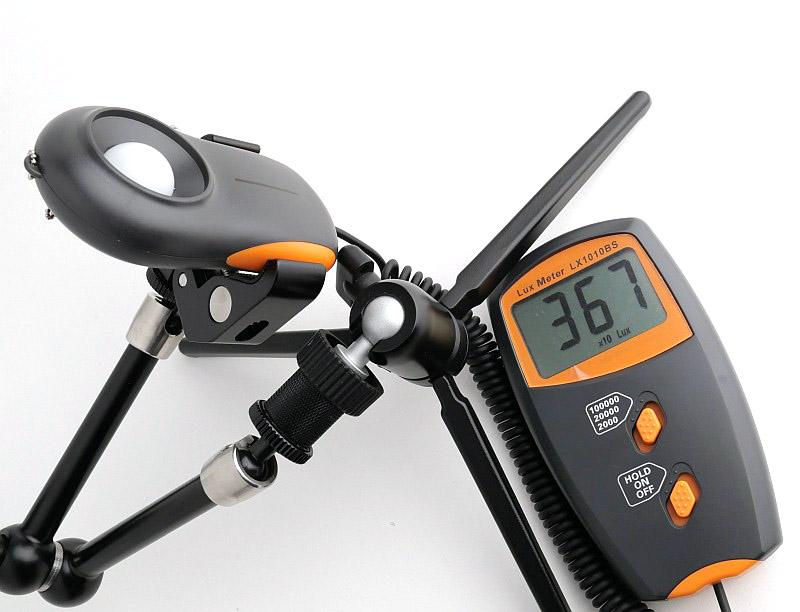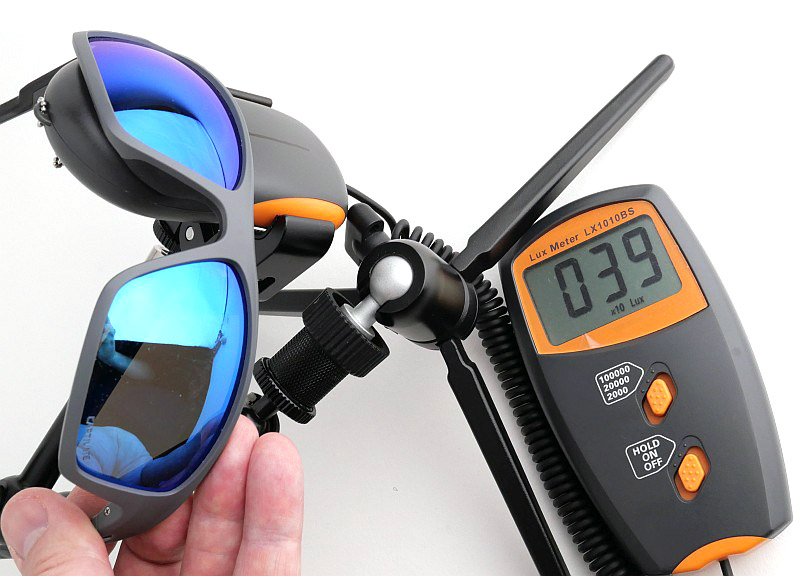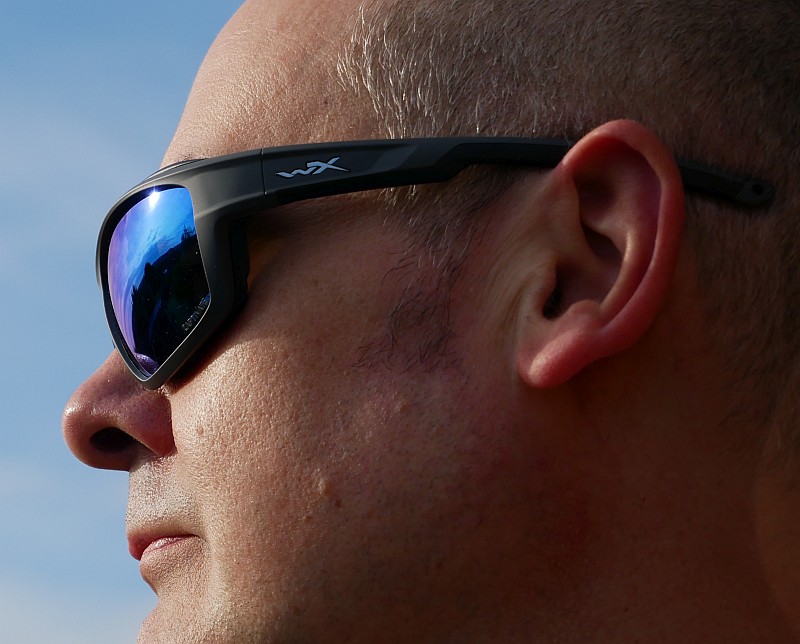In this MetMo Pocket Driver review find out all about a super functional tool, and engineering masterpiece, revived and miniaturised by MetMo to create an EDC screwdriver unlike anything else. Based on one of the earliest forms of the ratchet screwdriver, originally patented by Conrad Baumann under the brand name Baumann-Weltrecord, in the 1920’s. Brought back to life, and to your pocket, by MetMo; using hardened materials and state of the art machining techniques to ensure the quality and reliability for which the original was known.
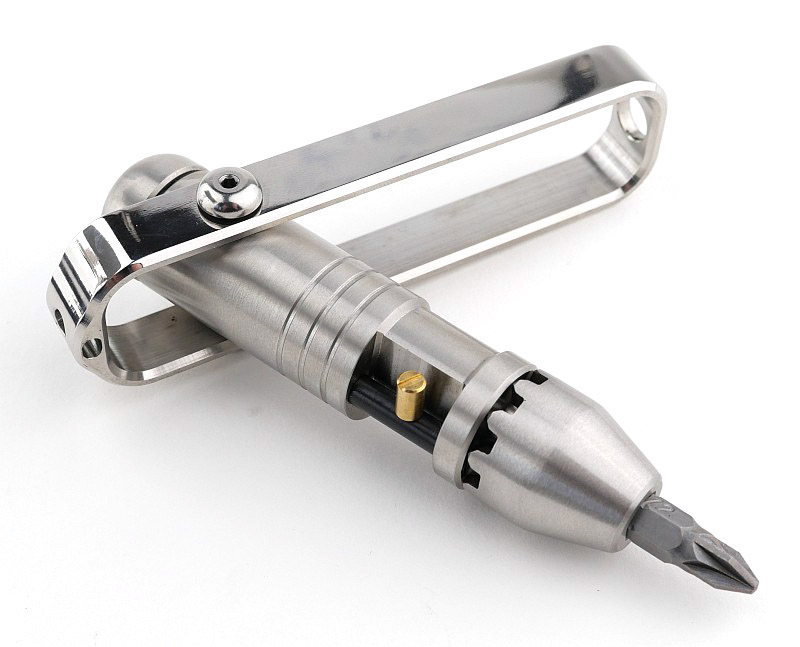
What’s in the box?:
Shown here are the Pocket Driver and the Pocket Pack accessory. Each of these are covered in detail in the following sections.
A good look round the Pocket Pack – Things to look out for here are:
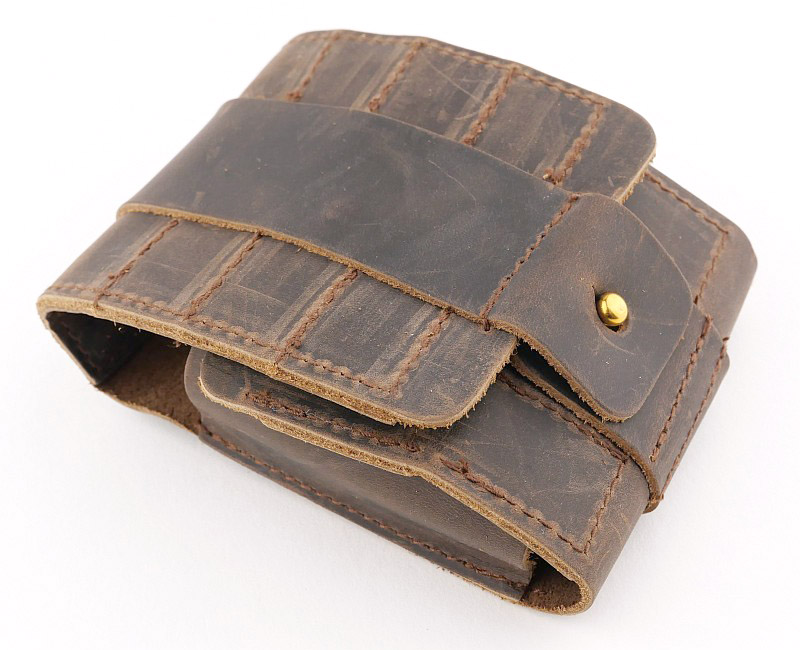
One of the optional accessories for the Pocket Driver, the Pocket Pack holds the Pocket Driver, plus a number of adapters and bits, so you can put together the most useful tool set for your needs.
Included with the Pocket Pack are five bit holders/adapters from the 4mm precision bit adapter, going up to a 3/8″ square drive socket.
Made from leather with plenty of bit holder pockets, the bi-fold design uses brass post fittings to keep the pack neatly folded.
It also has a belt loop and D-loop hanger on the back so you can choose the best way to carry it.
A good look round the Pocket Driver – Things to look out for here are:

This is the full stainless steel version of the Pocket Driver. There are three variants from the lightest with aluminium body and handle, through to this version being the heaviest due to the stainless steel body and handle.
Immediately you are struck by the quality of finish with the folding handle, glorious in its pristineness. Though simple in concept, a folding handle ratchet screwdriver, as you look over the Pocket Driver the designed-in finesse is captivating.
A small lanyard hole next to the handle detent hole. The rounded pivot bolts. A pass-through hole in the handle so when folded bits can be fitted, and the Pocket driver used as a compact straight screwdriver. Then the almost steampunk visible ratchet pin, direction lever and those ratchet teeth themselves. The bit storage compartment cover, incorporated in a such a way that with the handle folded it can’t come loose, completes the tool.
Just how powerful is it?:
Included in MetMo’s specifications for the Pocket Driver is its maximum torque (turning force) of 17Nm. Though only a rough estimate, it is considered that a person can apply up to 10Nm torque when using a standard screwdriver (which also varies depending on the handle shape). The Pocket Driver has a fold out handle, and this is where that extra turning force comes from.
Not having an actual torque meter, I still wanted to attempt to measure how much force I could apply. As it happens, the torque wrench I have goes as low as 10ftlbs and adjusts in 1ftlb increments. So instead of taking a measurement, I could attempt to make the wrench ‘click’ on its preset torque and therefore show I had achieved that turning force. Though there isn’t a female-female 1/2″ square drive adapter, I have a ‘universal socket’ that would actually engage with the 1/2″ square drive of the torque wrench, meaning I was good to go with this test.
Working up from 10ftlbs, I found that after the success at 13ftlbs, I had maxed out and couldn’t ‘click’ 14 (all testing was with me holding both Pocket Driver and torque wrench, so I am sure I could have gone even higher if I was only holding the Pocket Driver).
This converts to a healthy 17.63Nm. Good job MetMo!
Also included in this gallery are some across-the-flats measurements taken with a vernier calliper to check the size of the hex bit holder socket and various bits/adapters.
What it is like to use?
What the Pocket Driver excels at are actually the heavier jobs rather than the smaller ones, despite its compact size. I say this for a few reasons in reference to the following gallery.
1/4″ standard bits (and in the first photo a PZ2 bit), which is a typical bit size likely to need a reasonable force to get tight, or undo. Using it with the handle folded, or deployed for much more force, makes good use of the ratchet.
Jumping up to the 3/8″ square drive that is included with the pocket pack, and realistically you will be using the fold-out handle to good effect.
Then we have the 4mm precision bit adapter, the type of bits used in this go down to 000 Phillips and T2 Torx, amongst others, where the side handle would guarantee stripped threads or heads. In fact even in-line, these sizes of screw won’t have enough resistance to turning to actually activate the ratchet action. If you do use the precision bit 4mm adapter you’ll be spinning the entire Pocket Driver like a fixed screwdriver; it’s no fault of the Pocket Driver, only a limitation of using it for fasteners that small.
For scale I wear XL size gloves, and although this is the smaller version of the Driver tool from MetMo, you can see it comfortably sits in the hand with the folding handle being a good size to provide plenty of leverage.
A pleasure to use, and working with any and all the bits you already have, here are just some of the jobs I’ve used the Pocket Driver for with 1/4″ bits, sockets, and even a hook driver bit. All that was asked of it was completed with ease.
One final point, being a tool that will appeal to engineering enthusiasts, MetMo offer an optional extra to allow your appreciation to reach new heights – a PDF of the engineering drawings. Showing all details hidden away inside the Pocket Driver, this is an excellent way to satisfy your curiosity of what makes it tick.
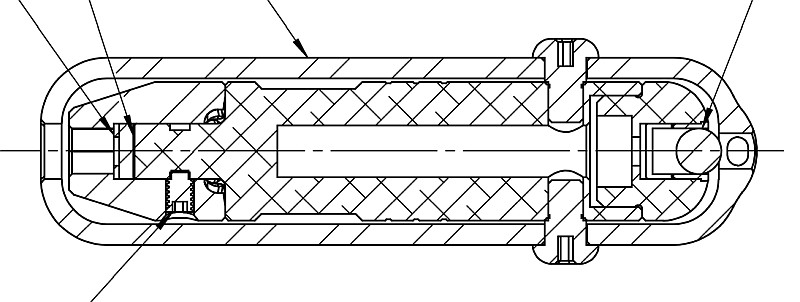
Review Videos
Starting with a short format sixty second review:
Onto a full video review covering many more details:
Review Summary
The views expressed in this summary table are from the point of view of the reviewer’s personal use. I am not a member of the armed forces and cannot comment on its use beyond that covered in the review.
Something that might be a ‘pro’ for one user can be a ‘con’ for another, so the comments are categorised based on my requirements. You should consider all points and if they could be beneficial to you.
I’m starting with what doesn’t work so well, so I can finish on a more positive note.
_______________________________________________
What doesn’t work so well for me
_______________________________________________
Storage for only two bits.
The ratchet direction lever can be fiddly to access with the handle folded.
Ratchet lever is easily knocked out of place when set to the fixed position.
_______________________________________________
Things I like
_______________________________________________
Beautifully engineered.
High torque driving (17.63Nm).
Compatible with all 1/4″ hex bits.
Pleasing ‘action’ you won’t want to put down.
Choice of optional accessories.
Pocket Pack allows you to build a tool set around the Pocket Driver.
Seriously hard working tool – not just pocket jewellery.
Stainless steel construction for long life.
Discussing the Review:
Something new – will it work? A Tactical Reviews Subreddit.
TacticalReviewsChat on Reddit
Please visit there and start/join the conversation.

